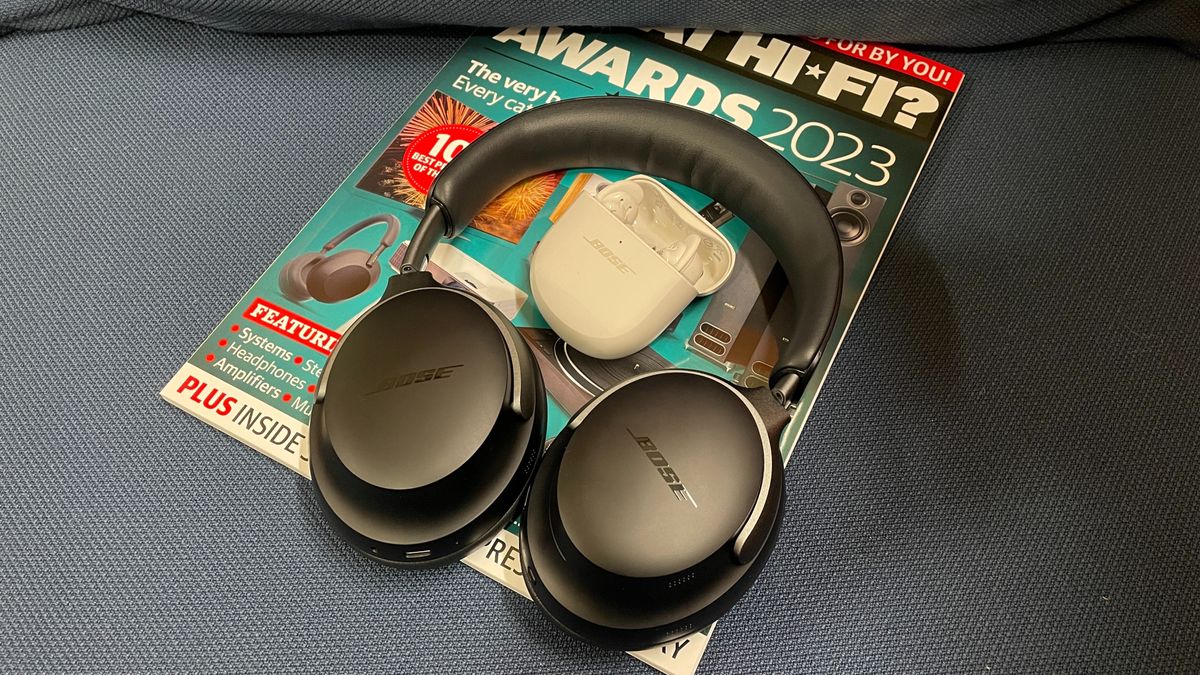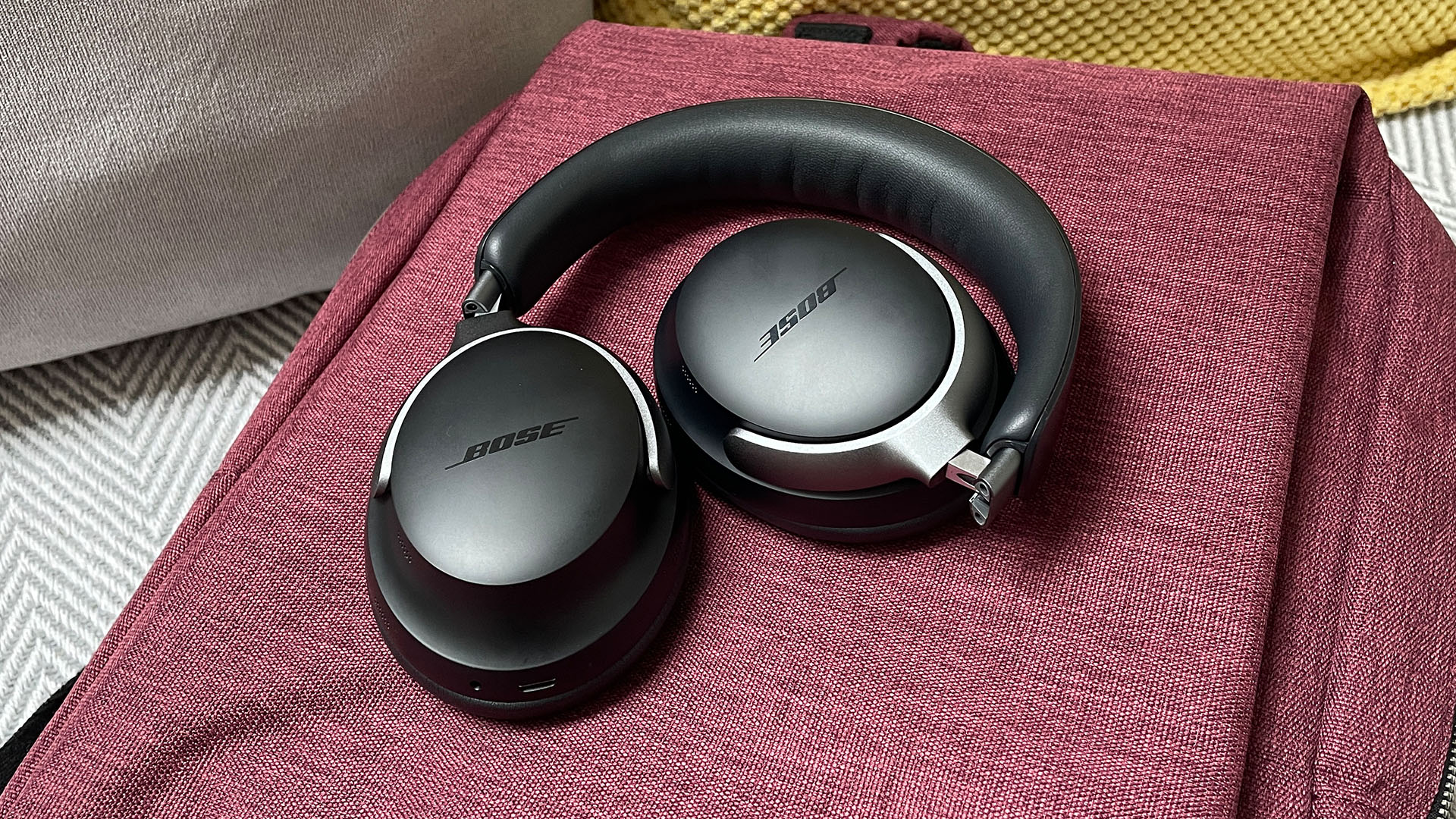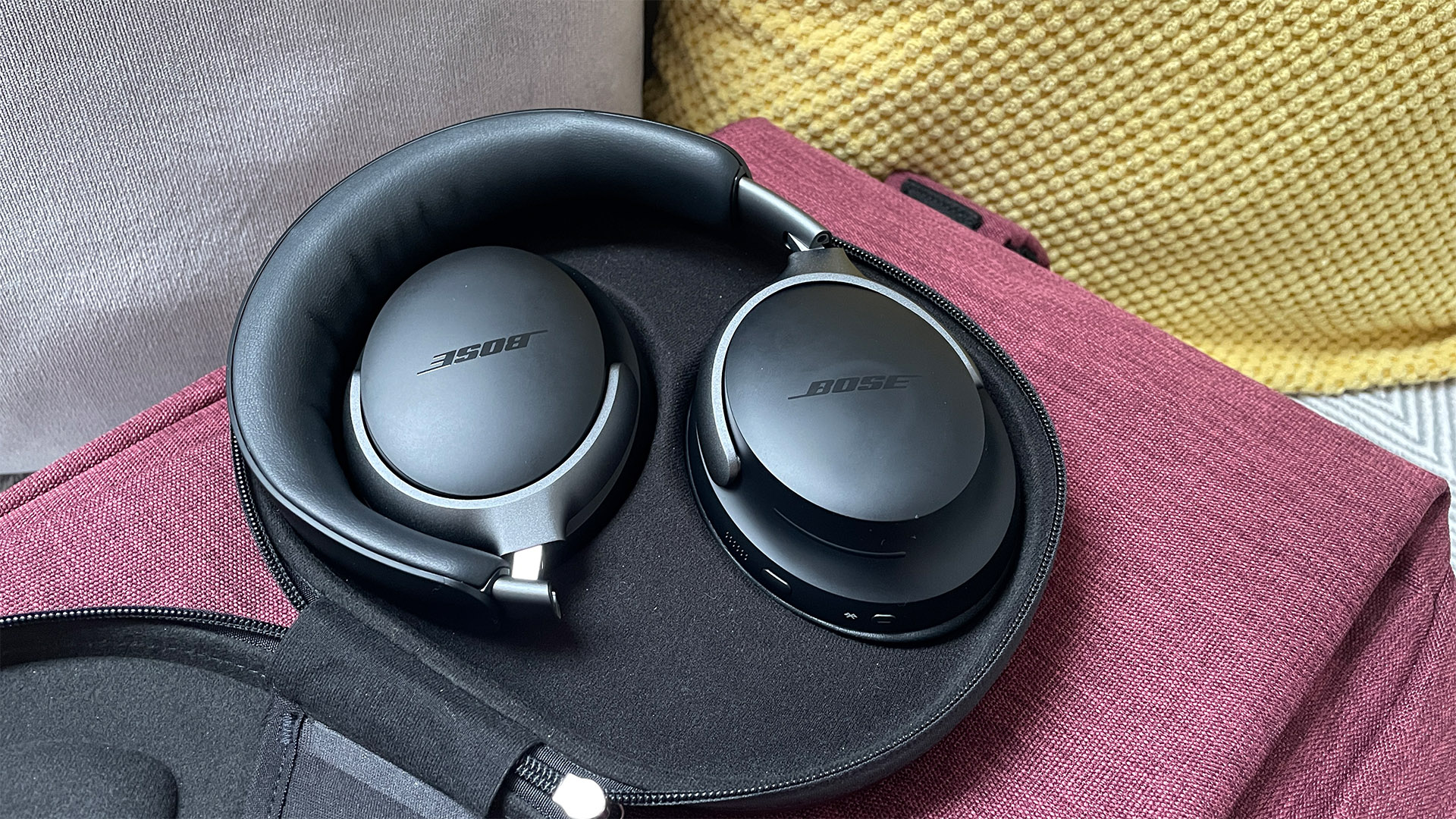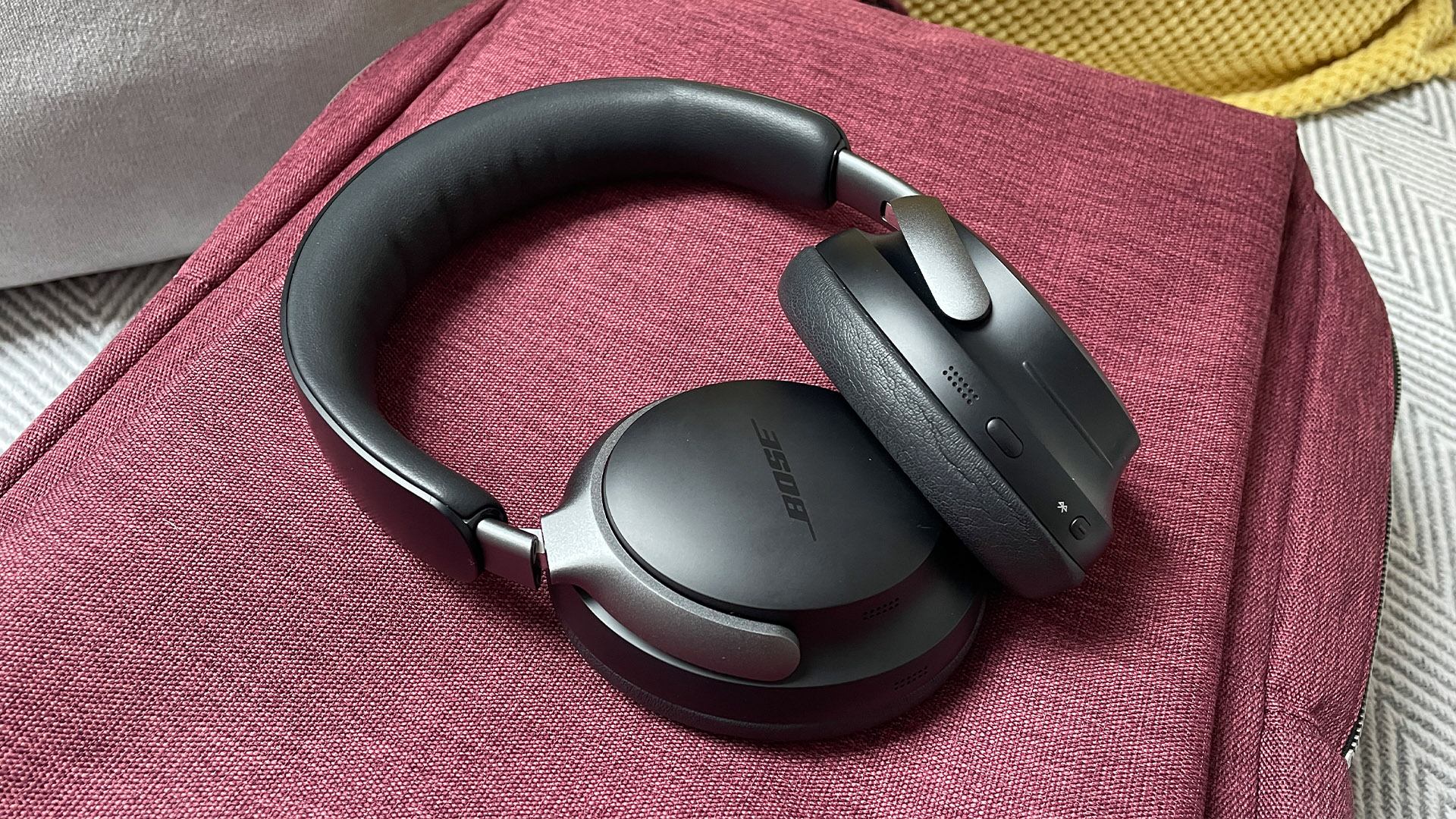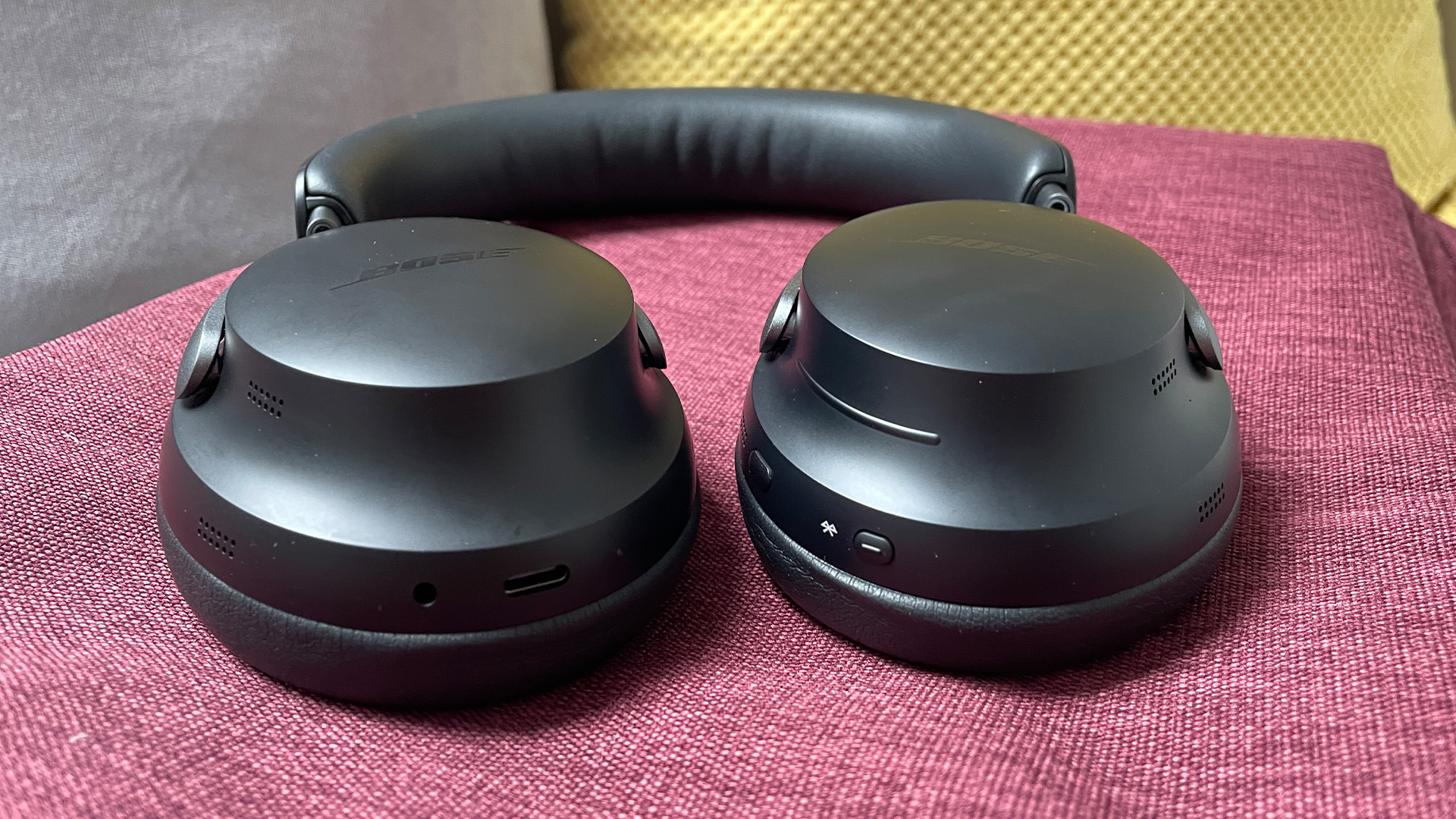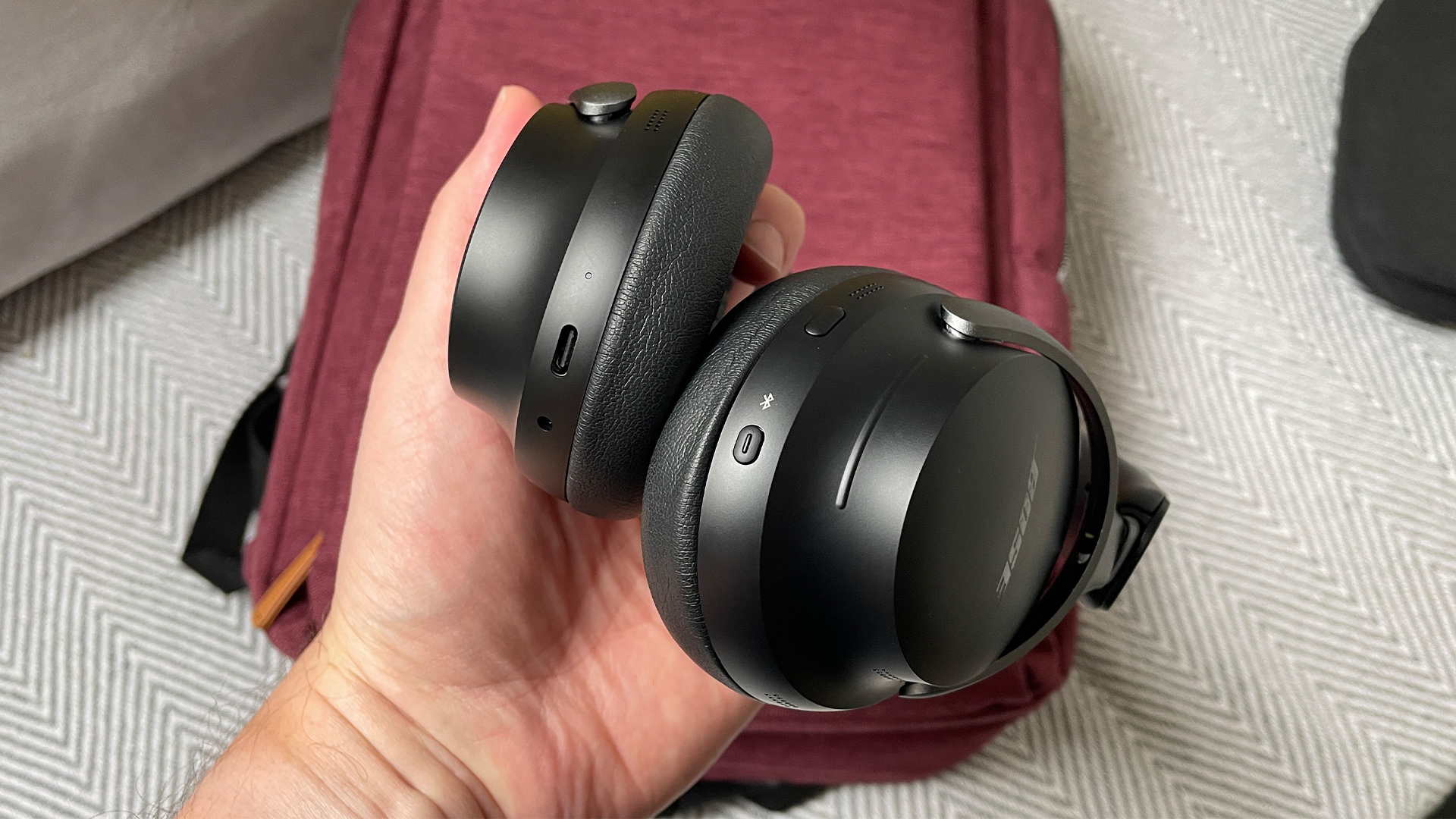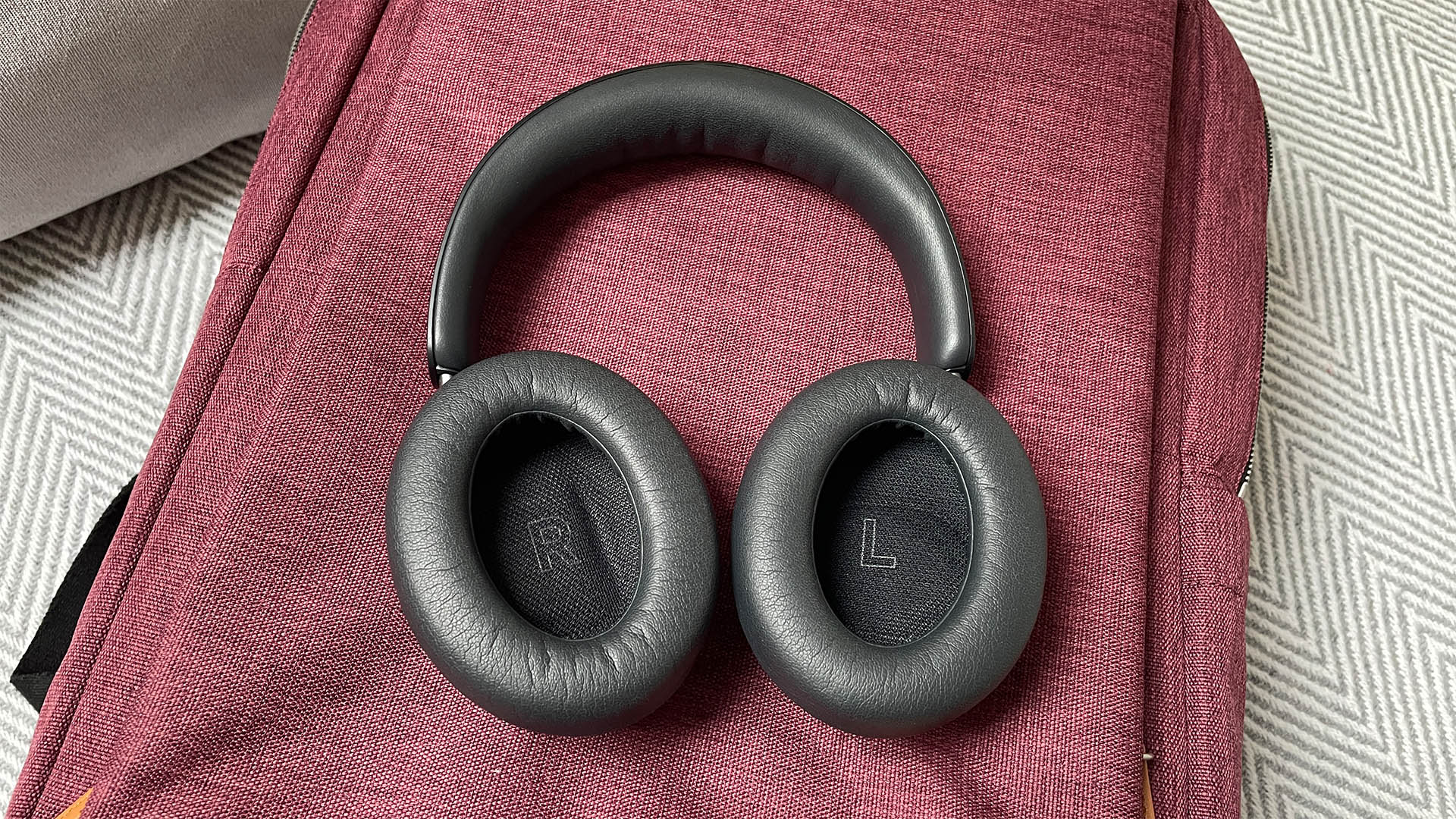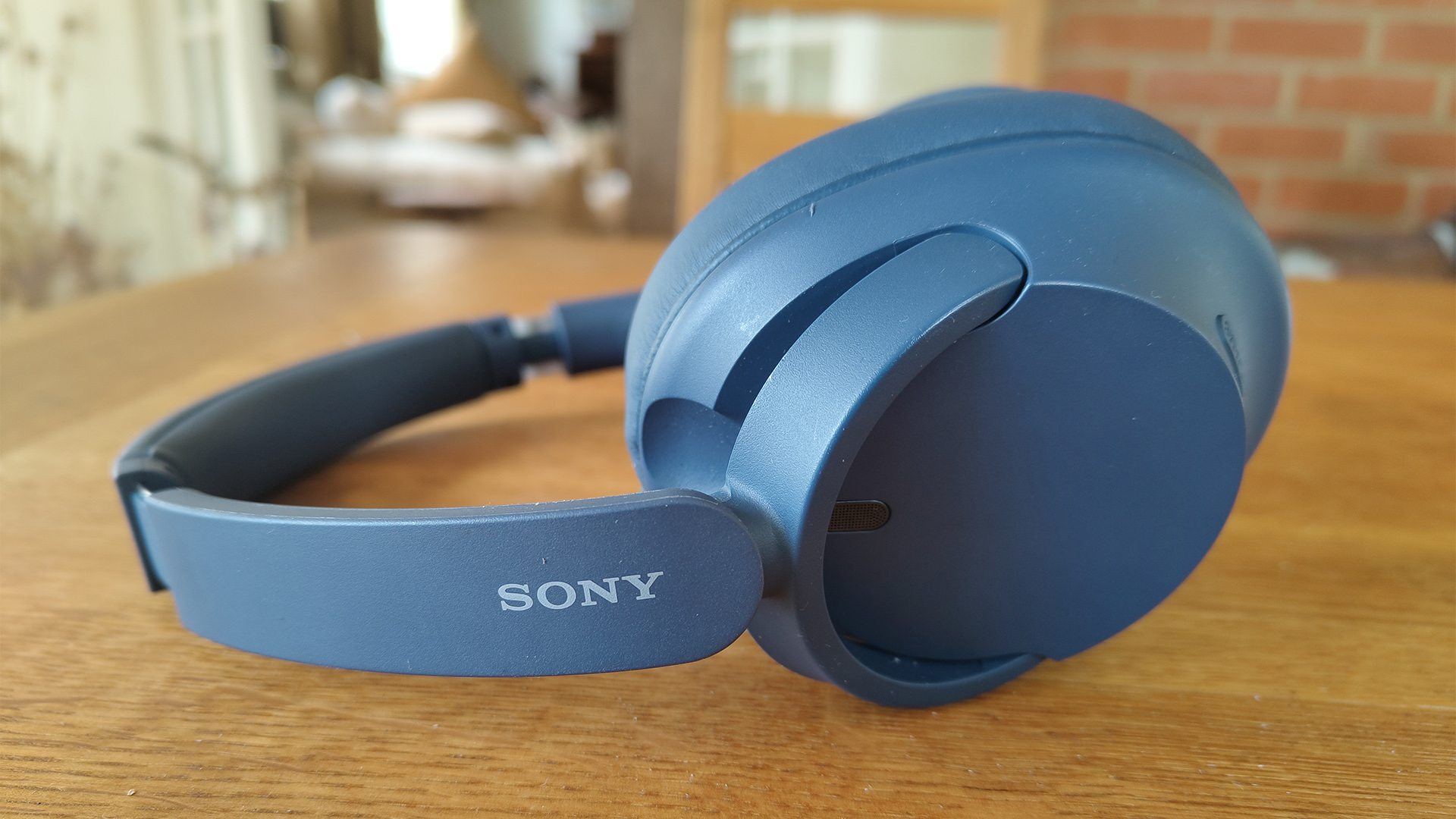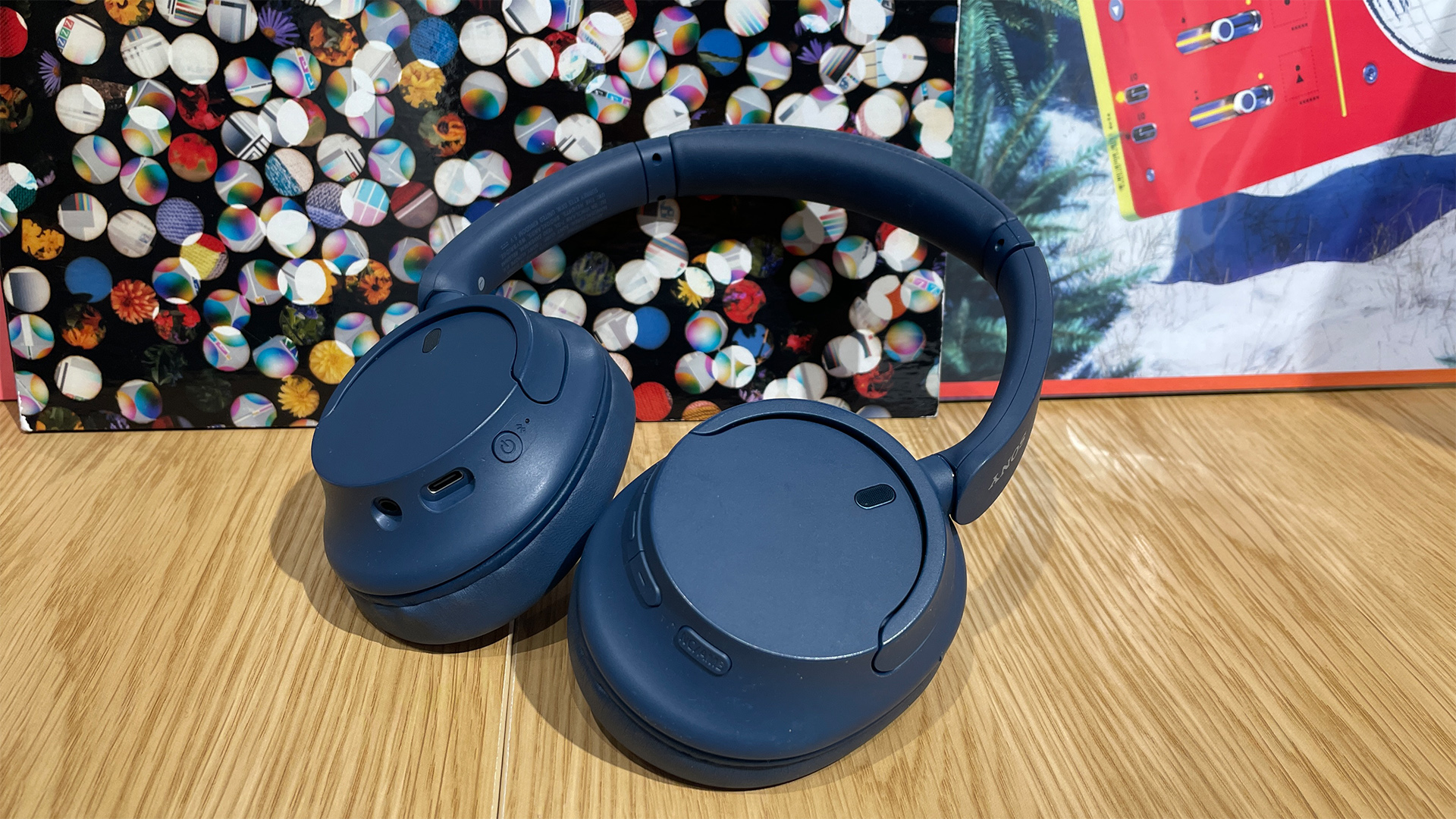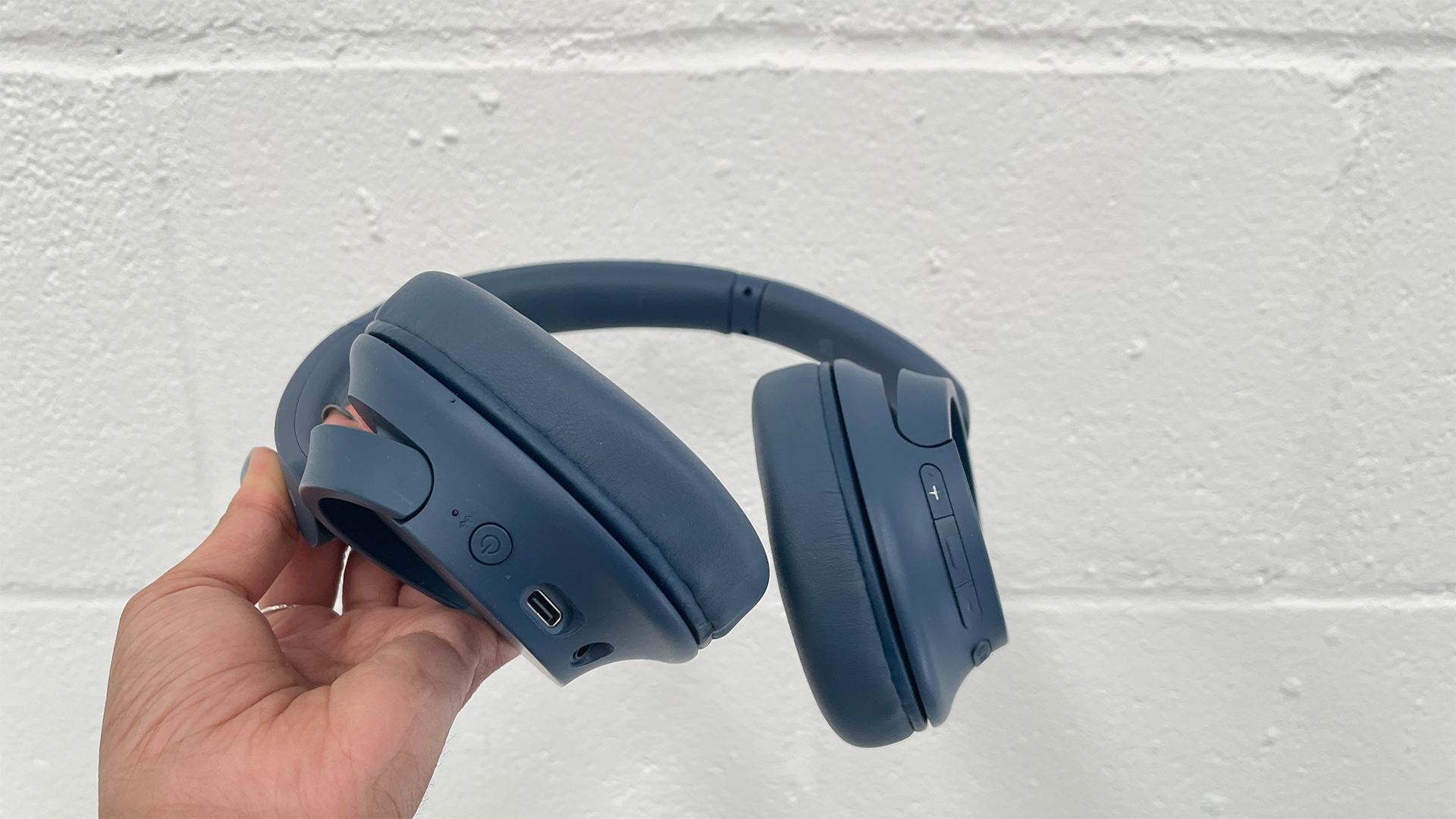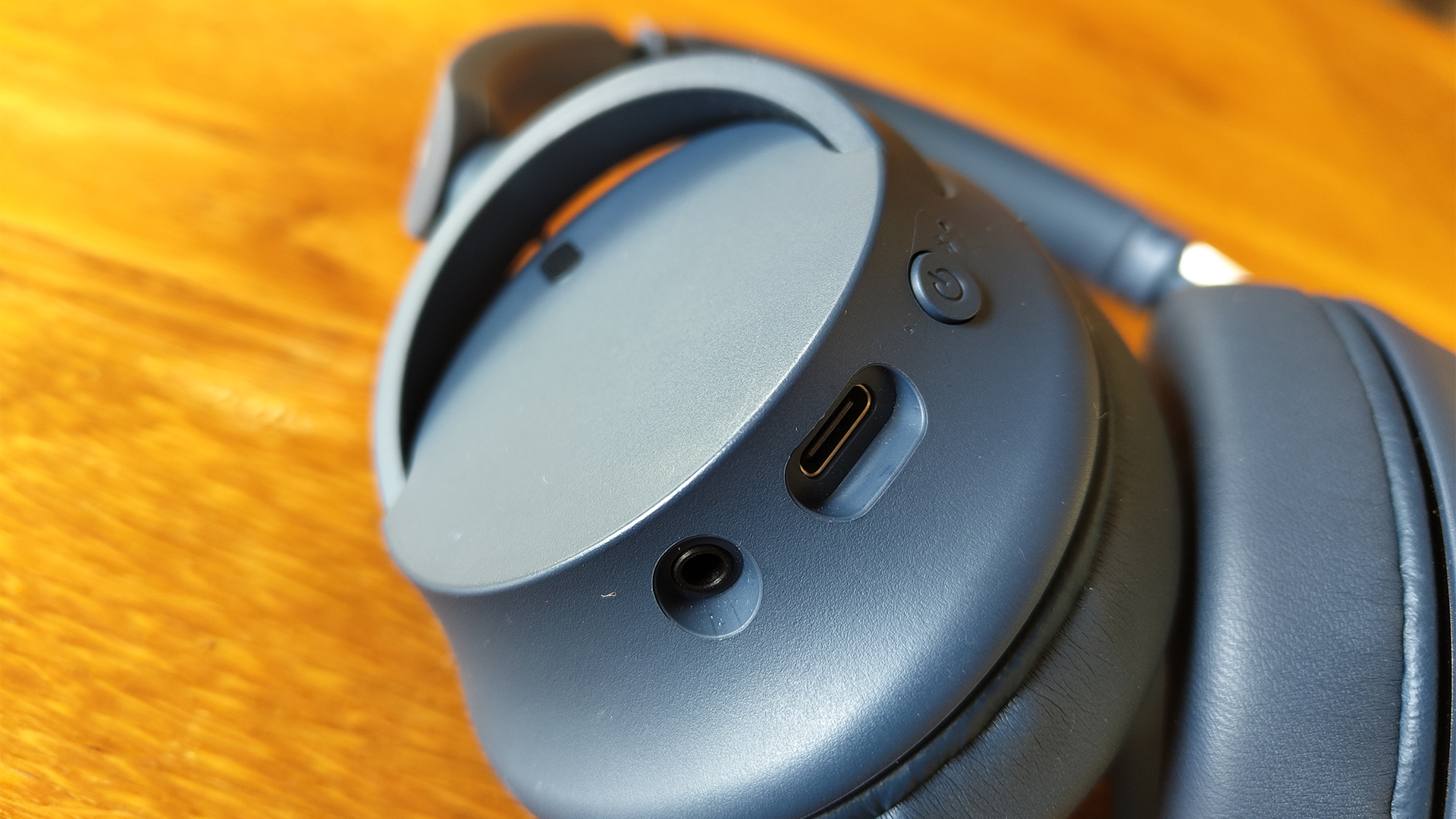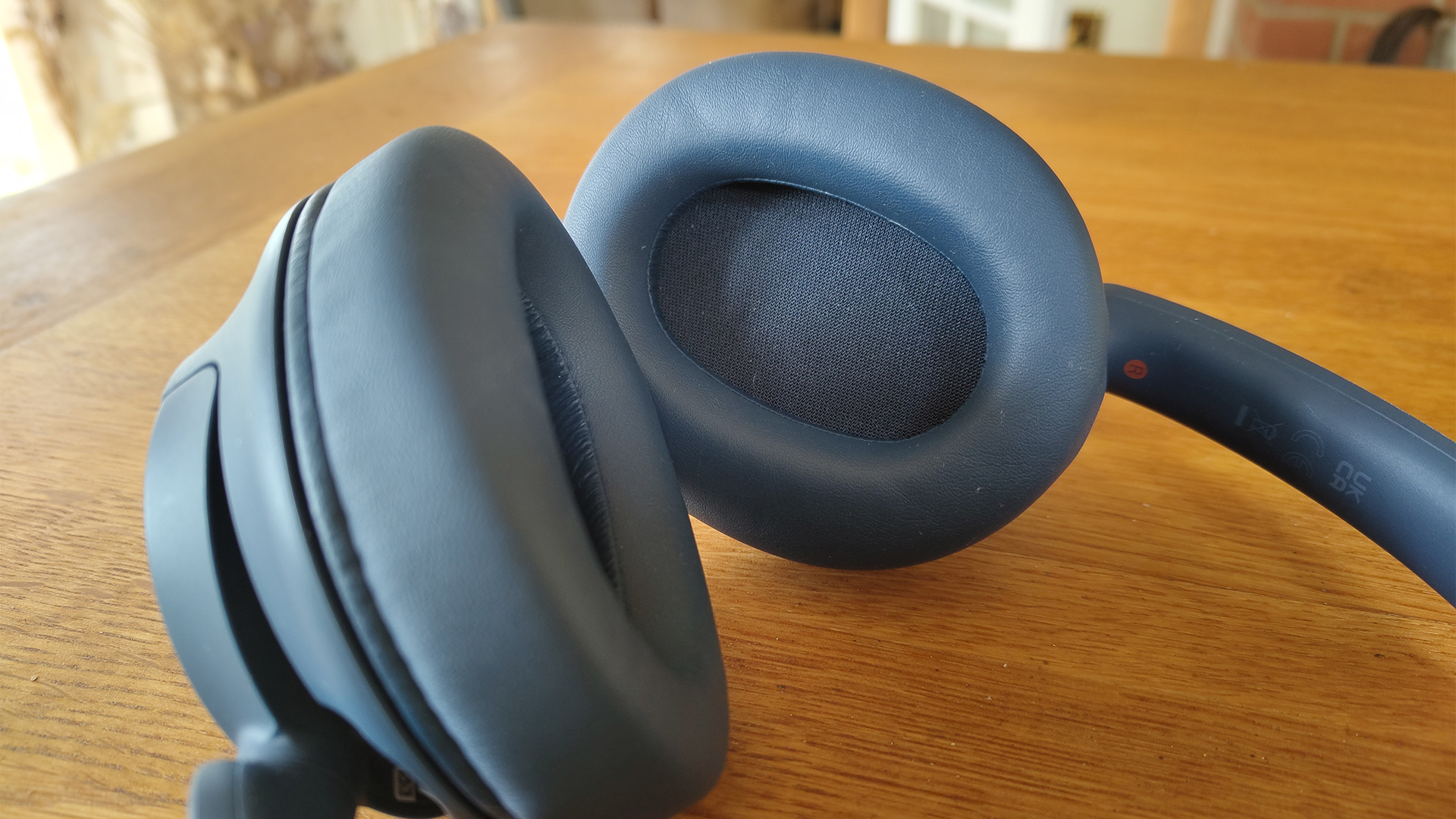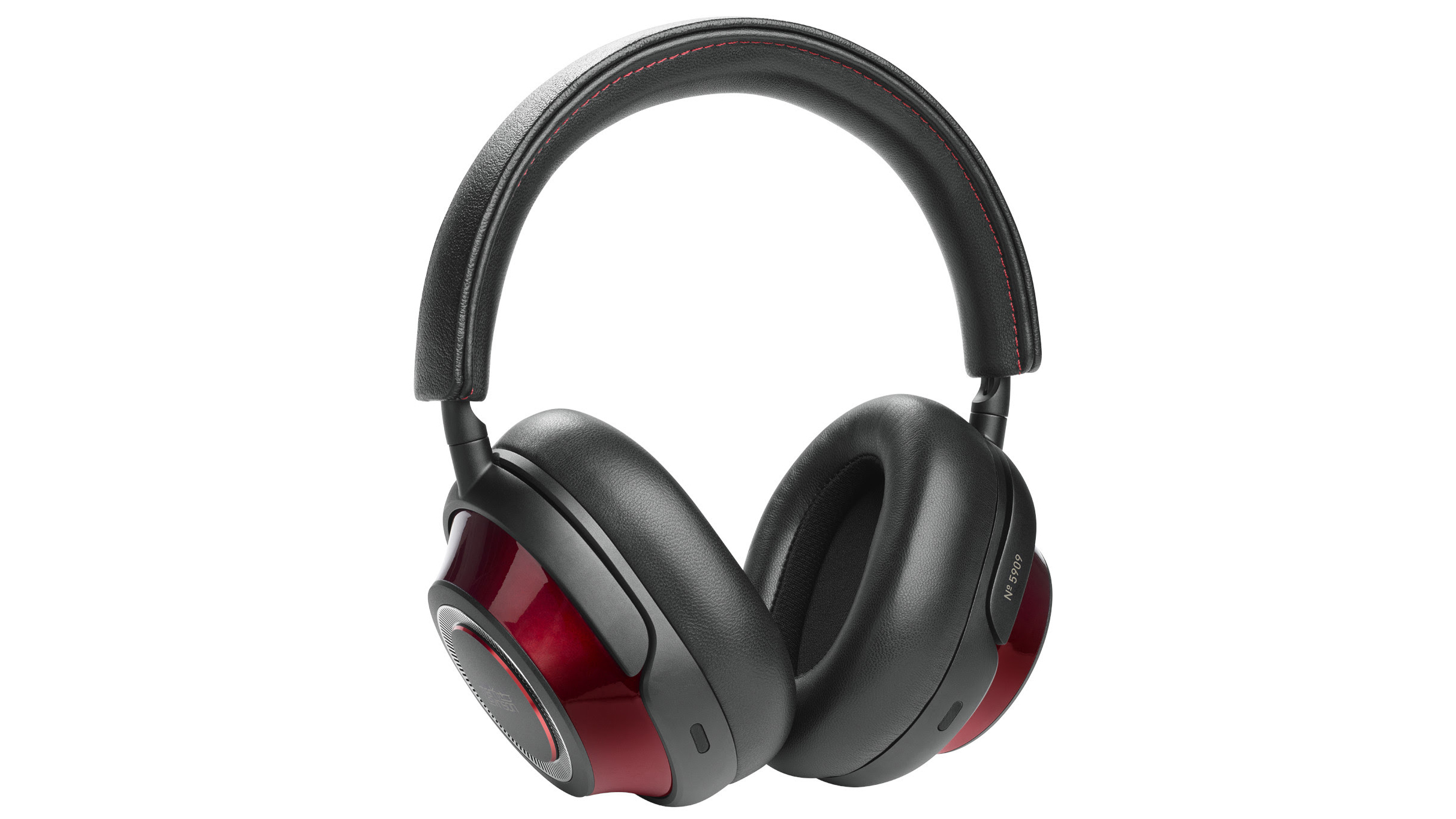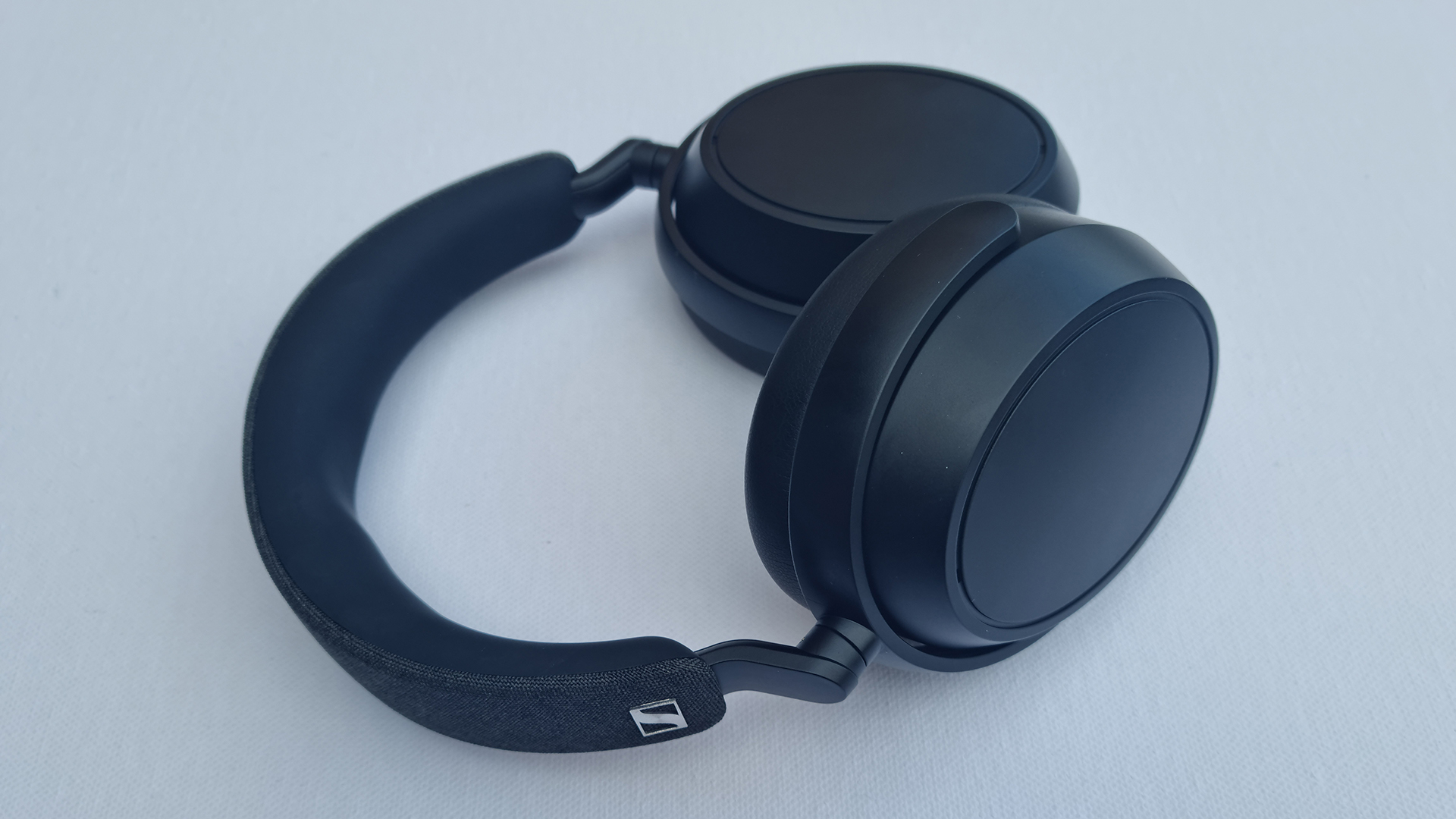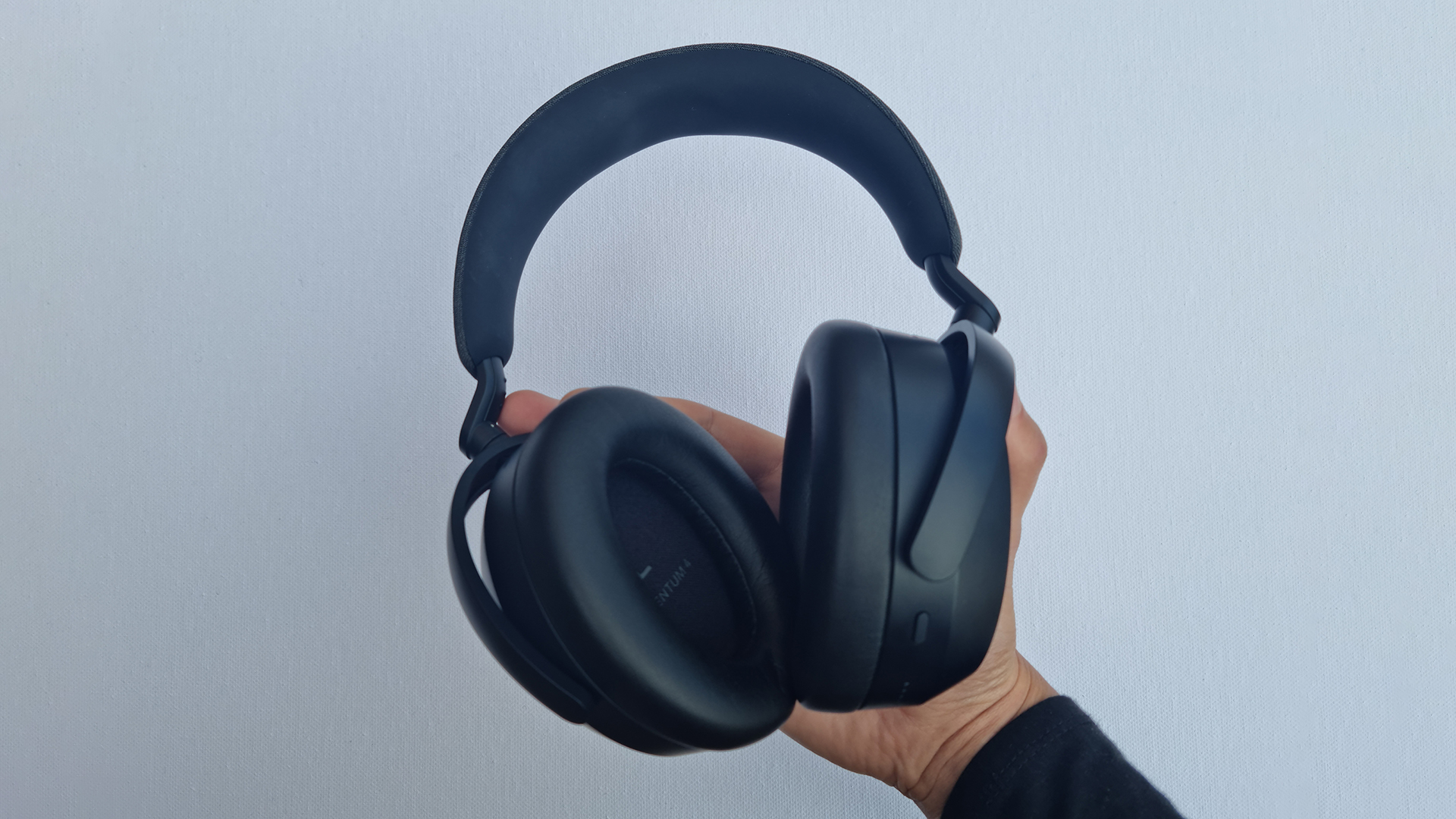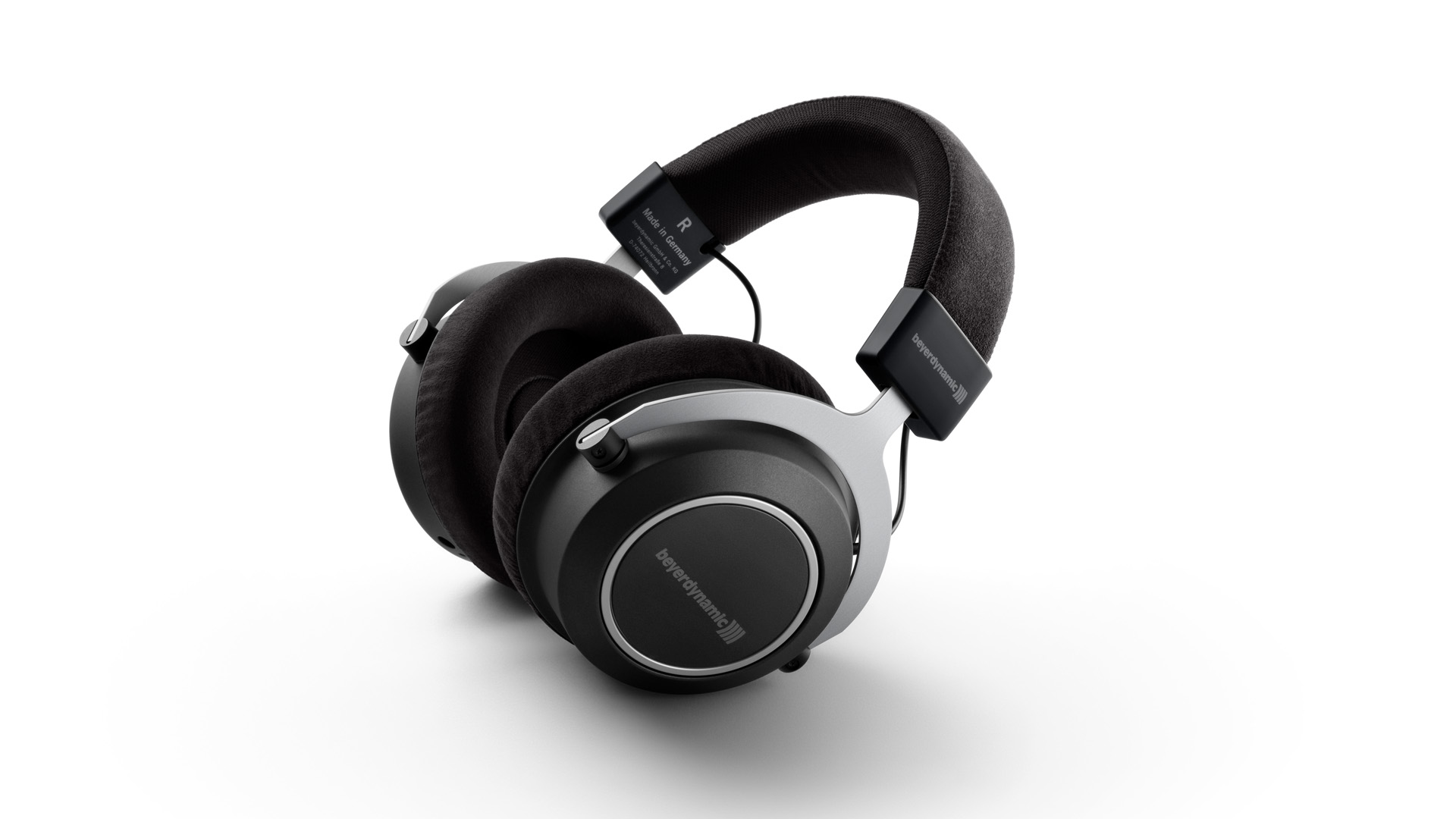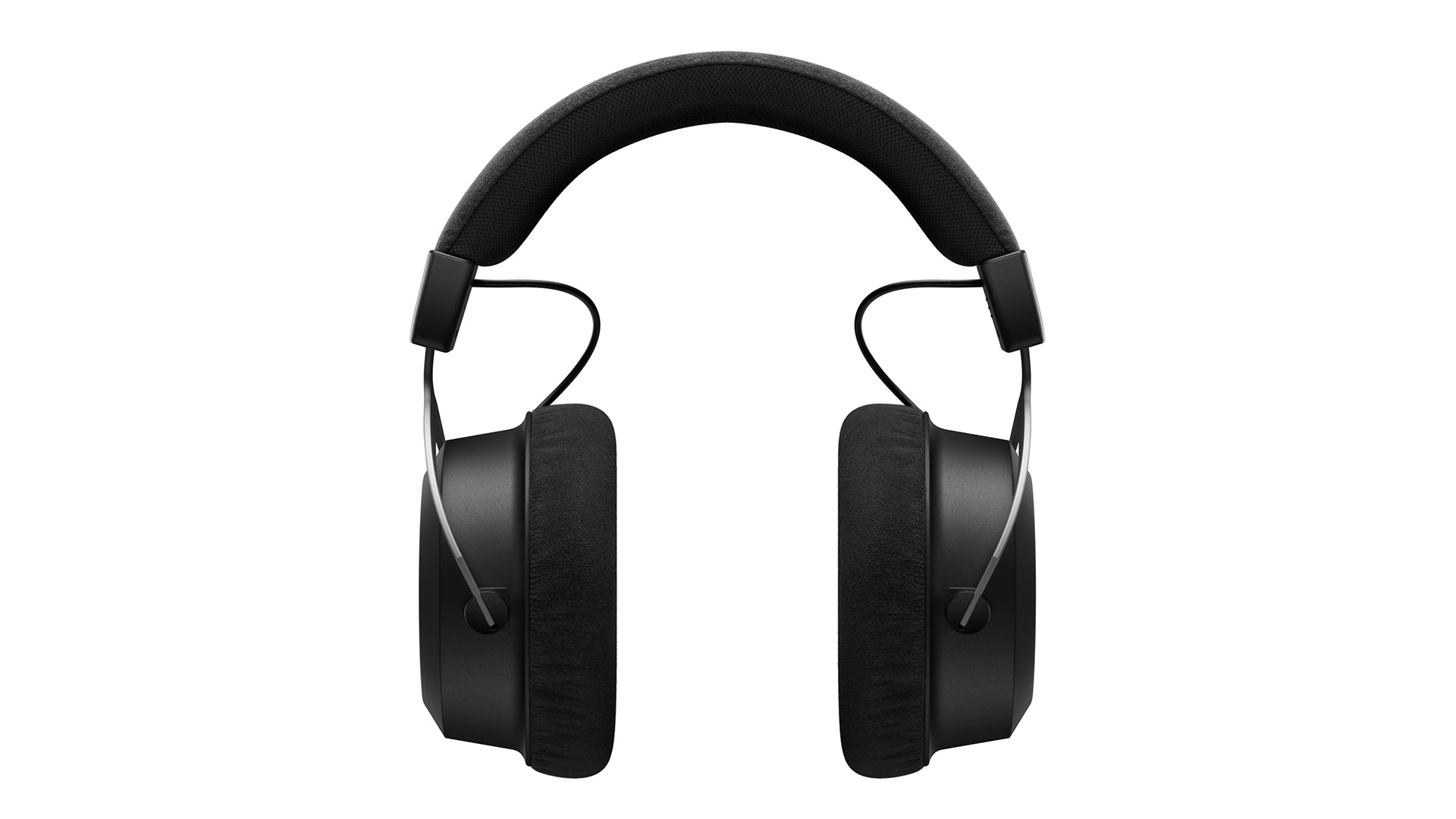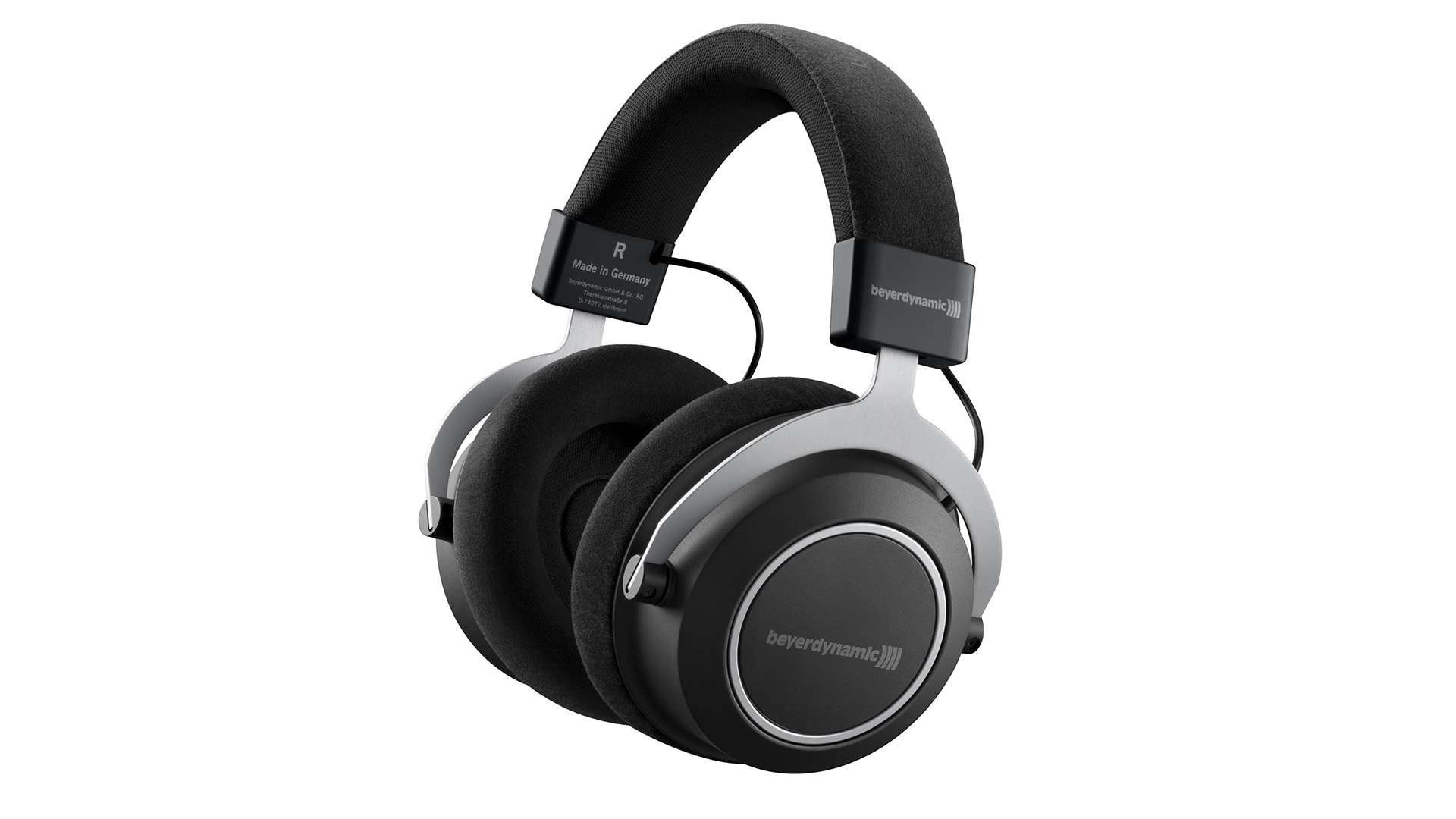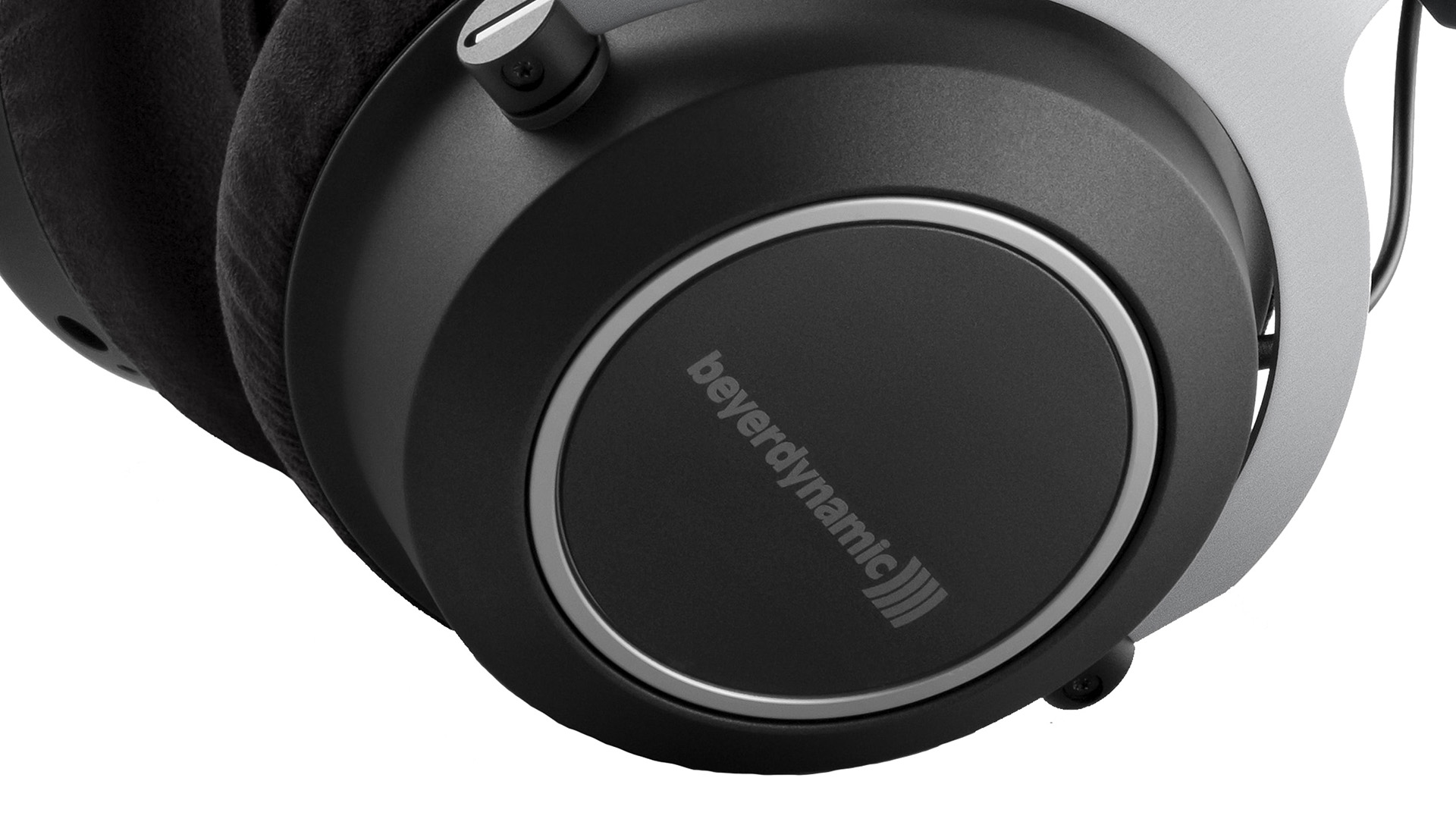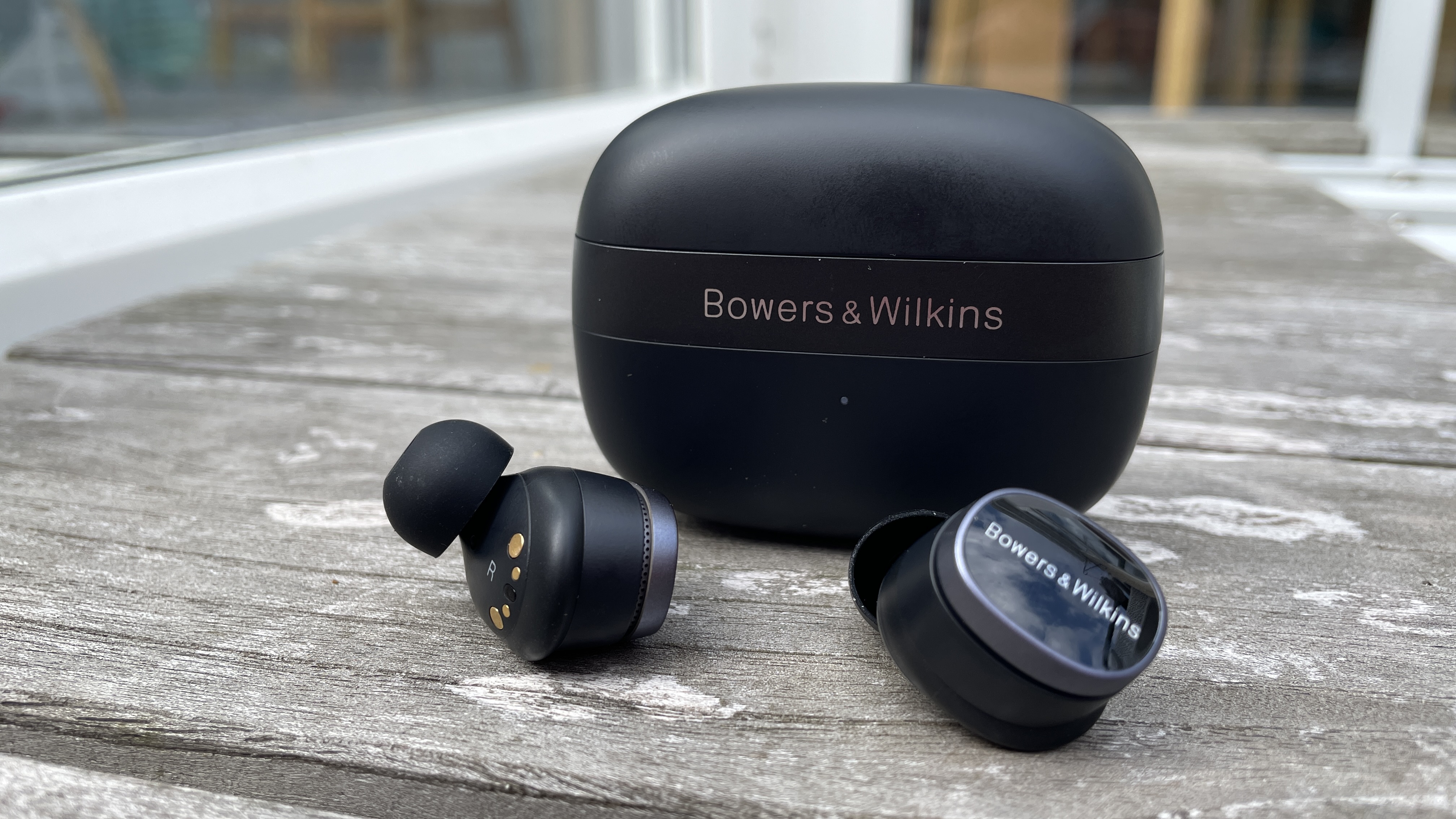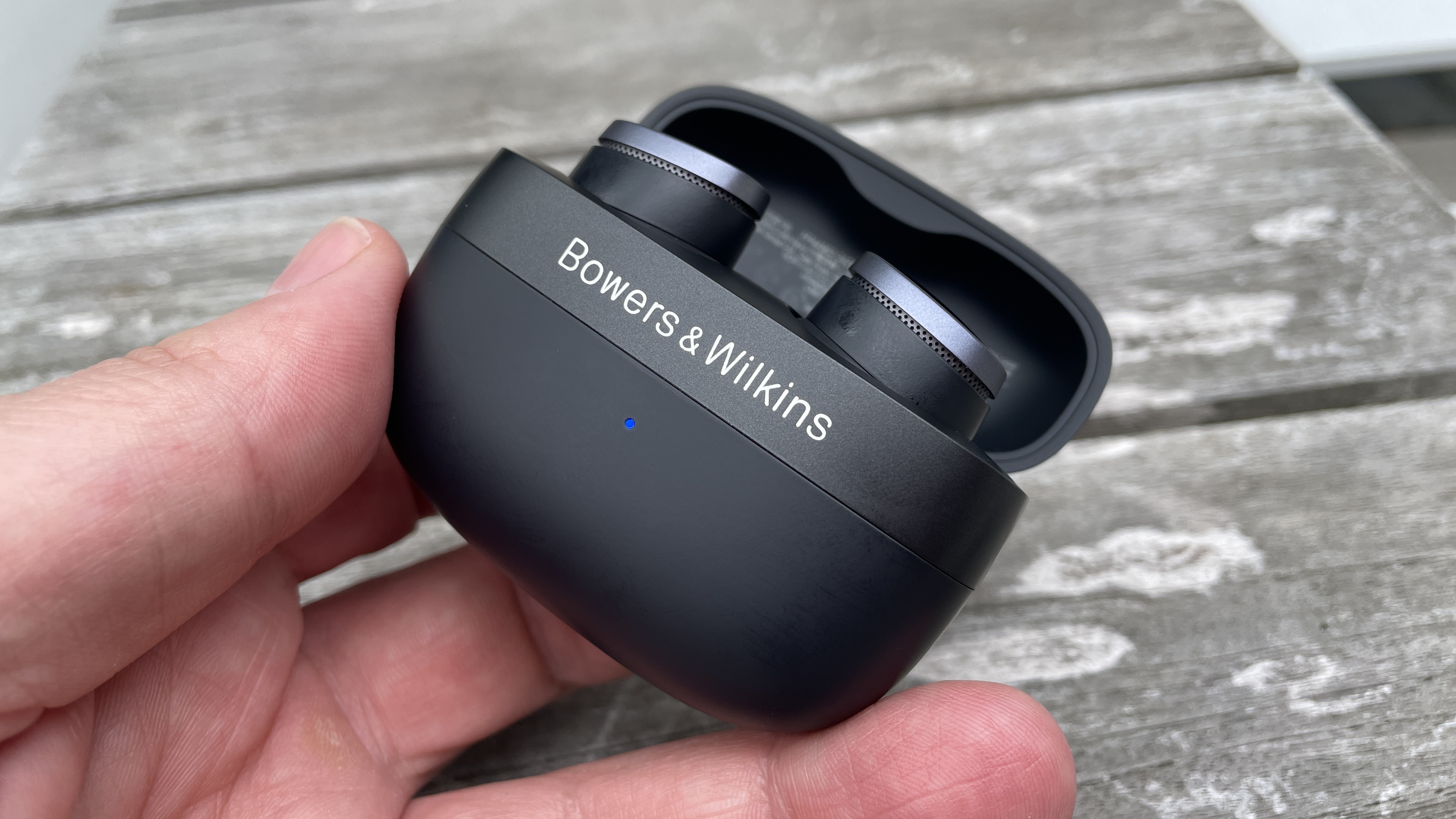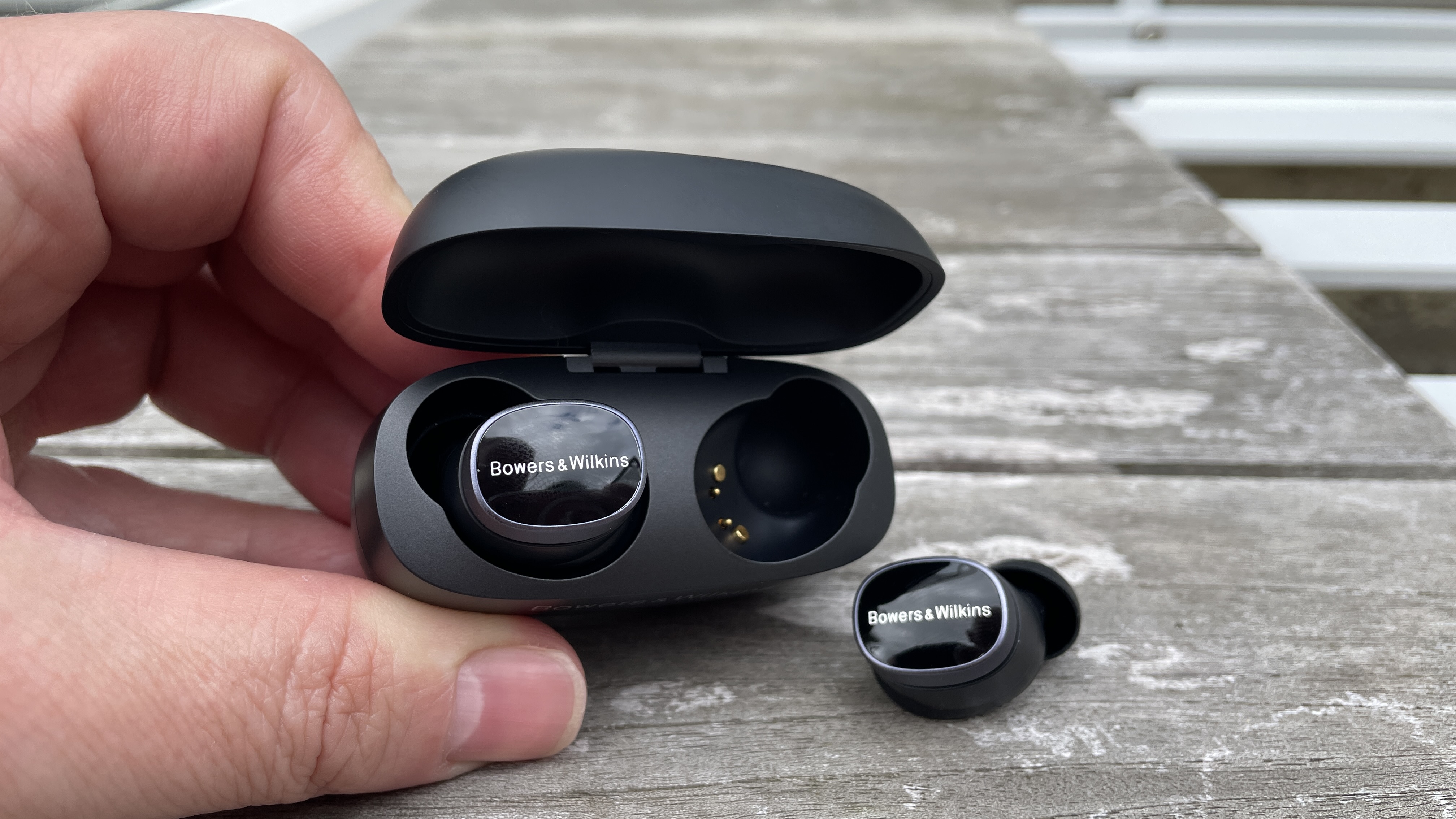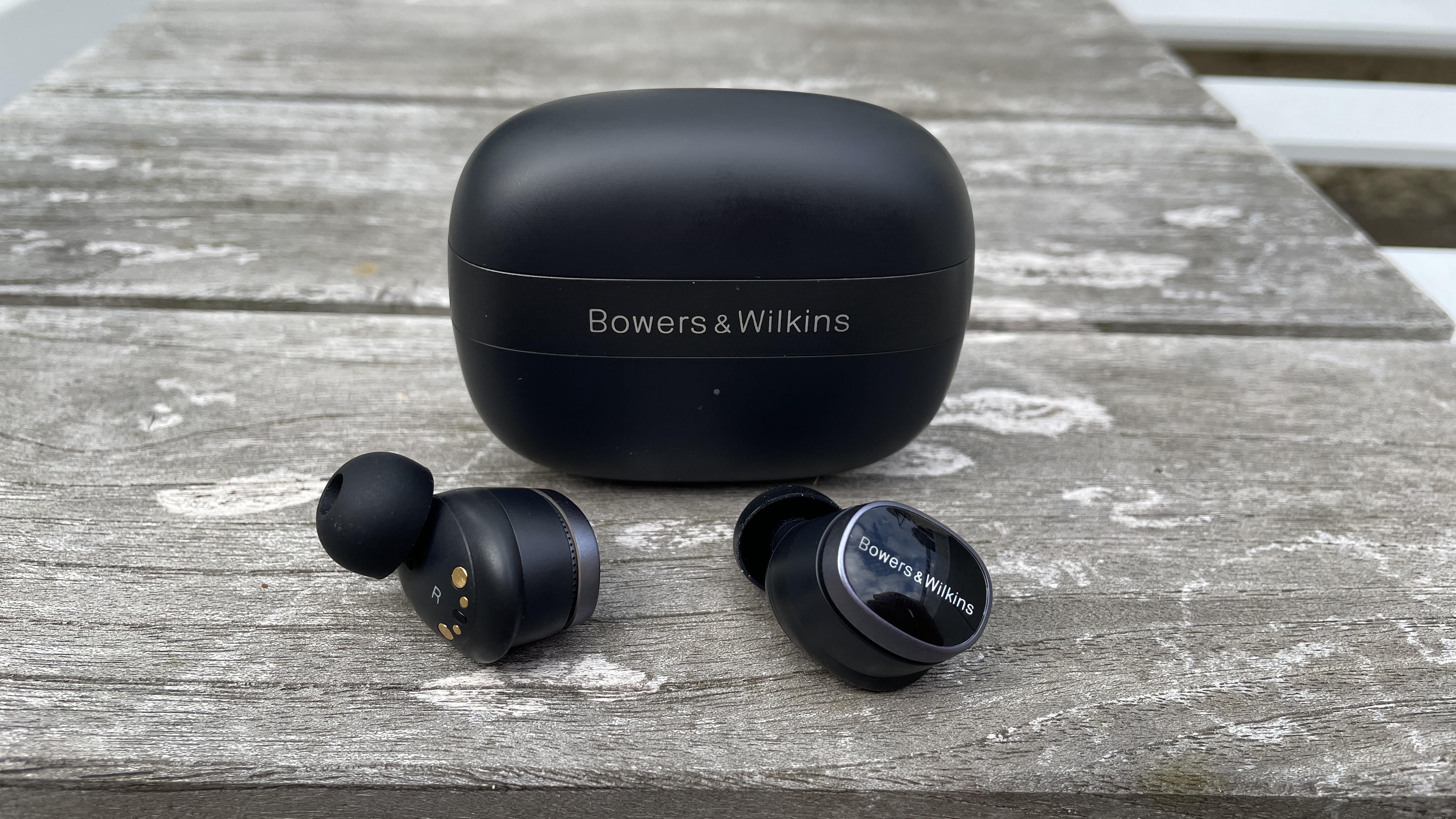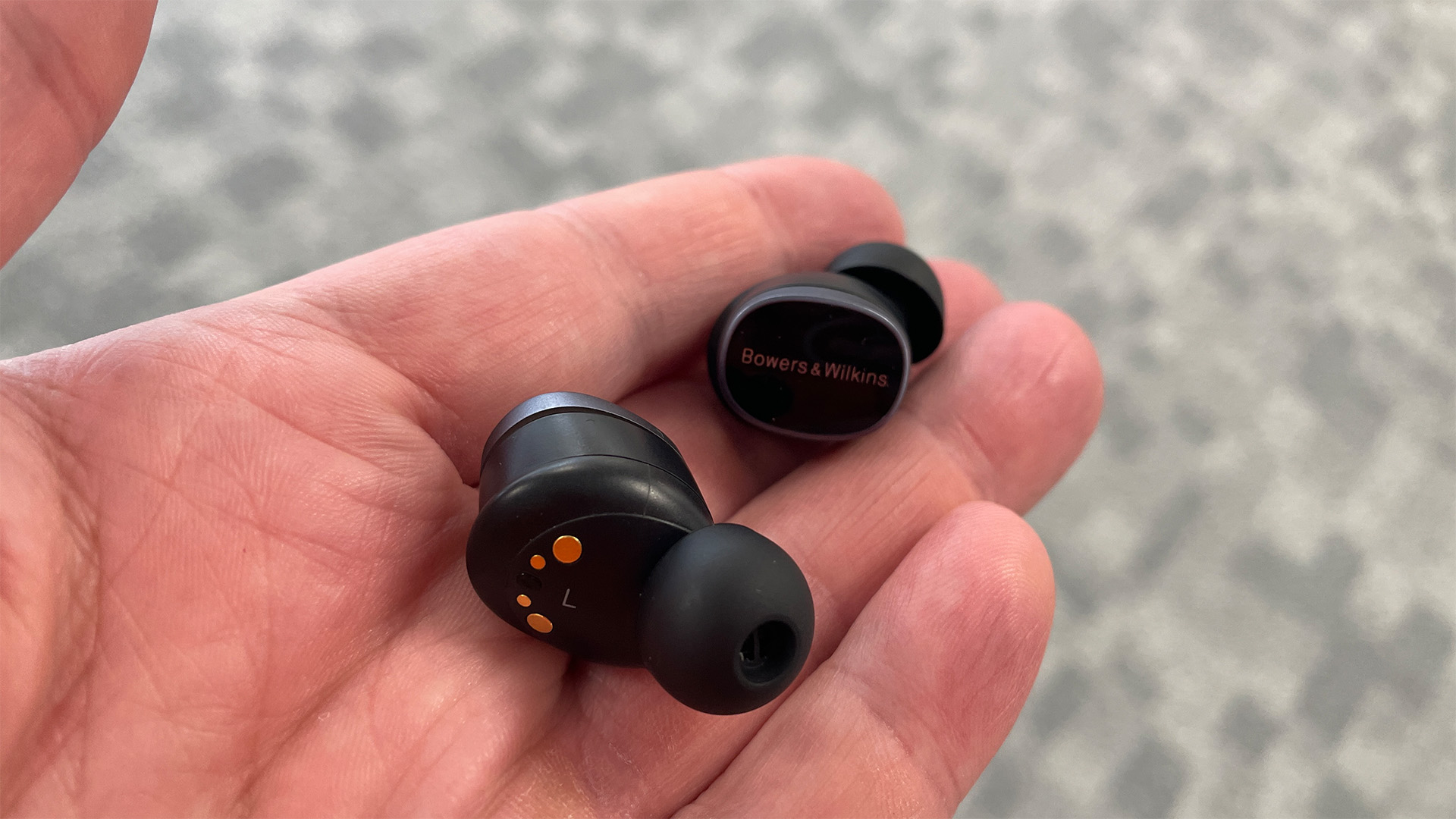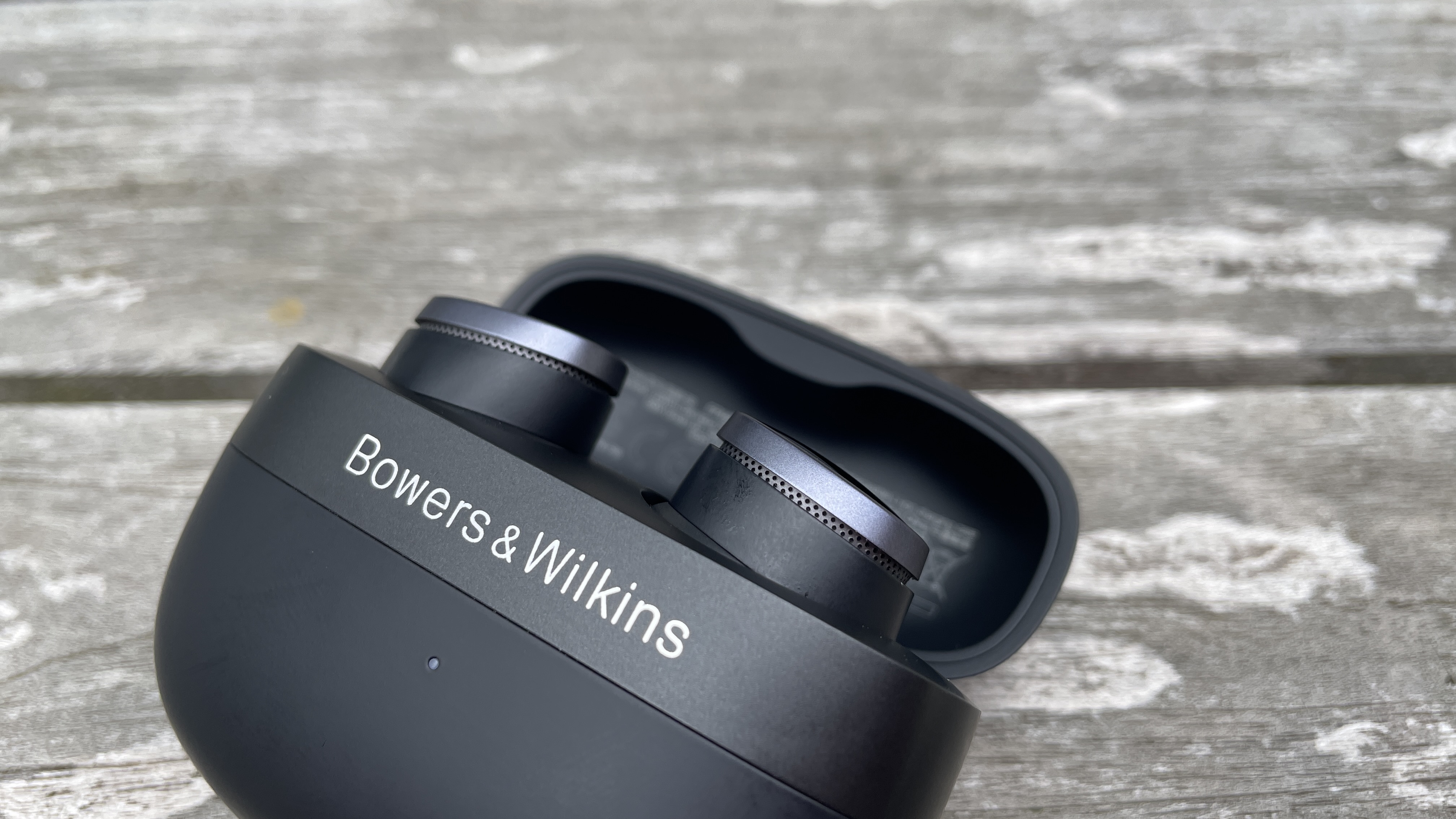Ever since Sony launched the Walkman in 1979, headphones have become an almost indispensable travel accessory, helping billions of people through tedious train commutes and mind-numbing long-haul flights. For many of us, it’s hard to imagine embarking on any journey without a pair – but some are better suited to the job than others.
The best headphones for travel combine – and nail – several things. Firstly, they have class-leading sound quality, which is always our primary concern when it comes to reviewing all headphone types and curating Best Buys like this one. They also nail aspects related to travel, such as noise-cancelling performance, design portability and battery life. After all, the best travel companions for your ears must limit distracting crowd and engine noise, pack nicely, and not require constant charging.
We have reviewed thousands of headphones over the years, from budget earbuds to premium audiophile headphones and everything in between, so we know a good pair when we hear them. Every pair on this list has been extensively reviewed by our expert team who has team 150 years of collective experience, and tested against the current leader in its class, so you can be sure they represent fantastic value for money. You can read more about our testing process here, or scroll to start your journey towards finding your next travel headphones.
The quick list
1. Bose QuietComfort Ultra Headphones
Compact and comfortable, with the best noise-cancelling and brilliant sound, these are the best travel headphones out there.
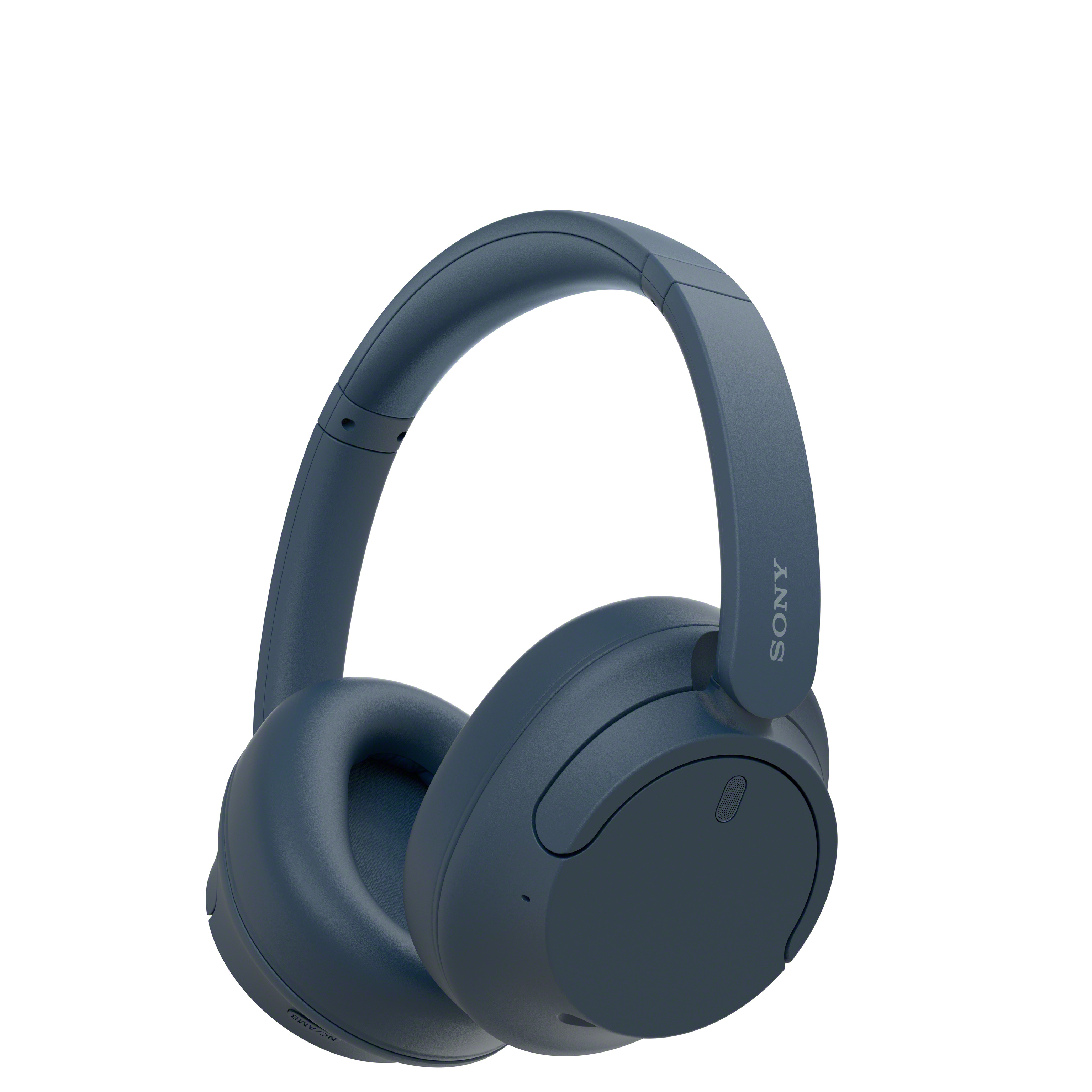
High performing for their price, these affordable Sonys are packed with handy travel features – including noise cancelling.
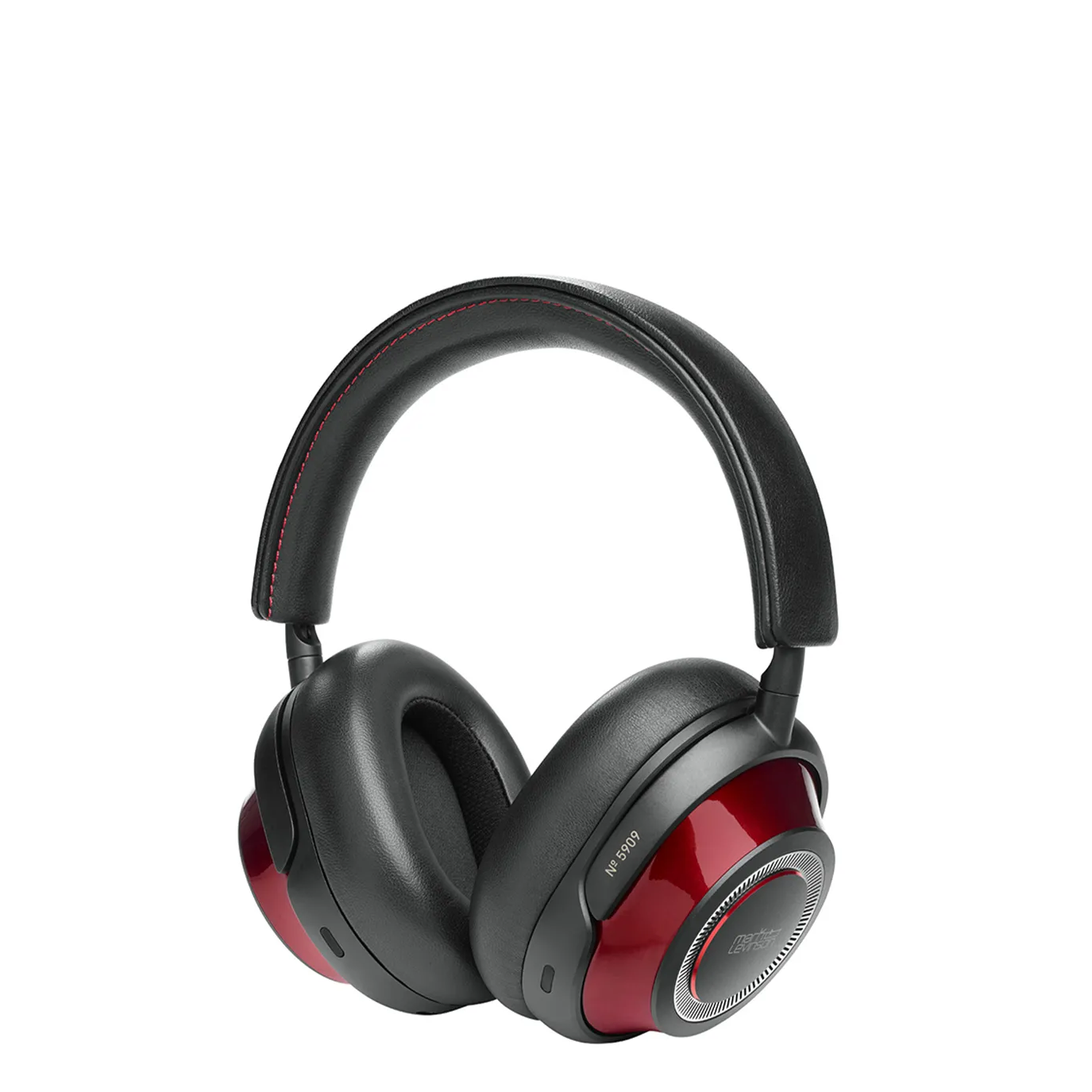
3. Mark Levinson No. 5909
You can’t take your hi-fi on a plane, but you can take these Bluetooth noise-cancellers, which sound so good you’d think a wire was attached.
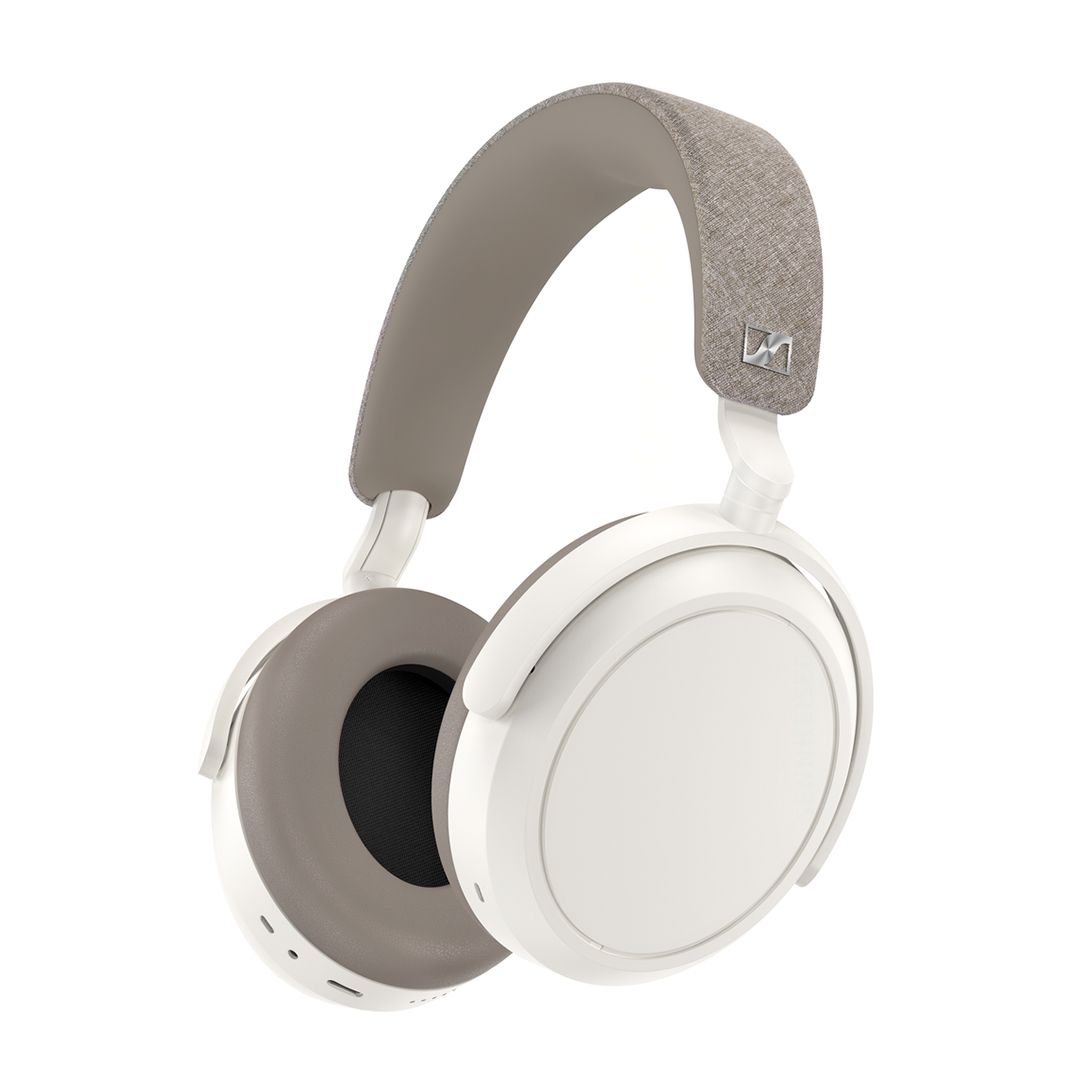
4. Sennheiser Momentum 4 Wireless
You could fly around the world one-and-a-half times before the battery died on these decent all-rounders from Sennheiser.
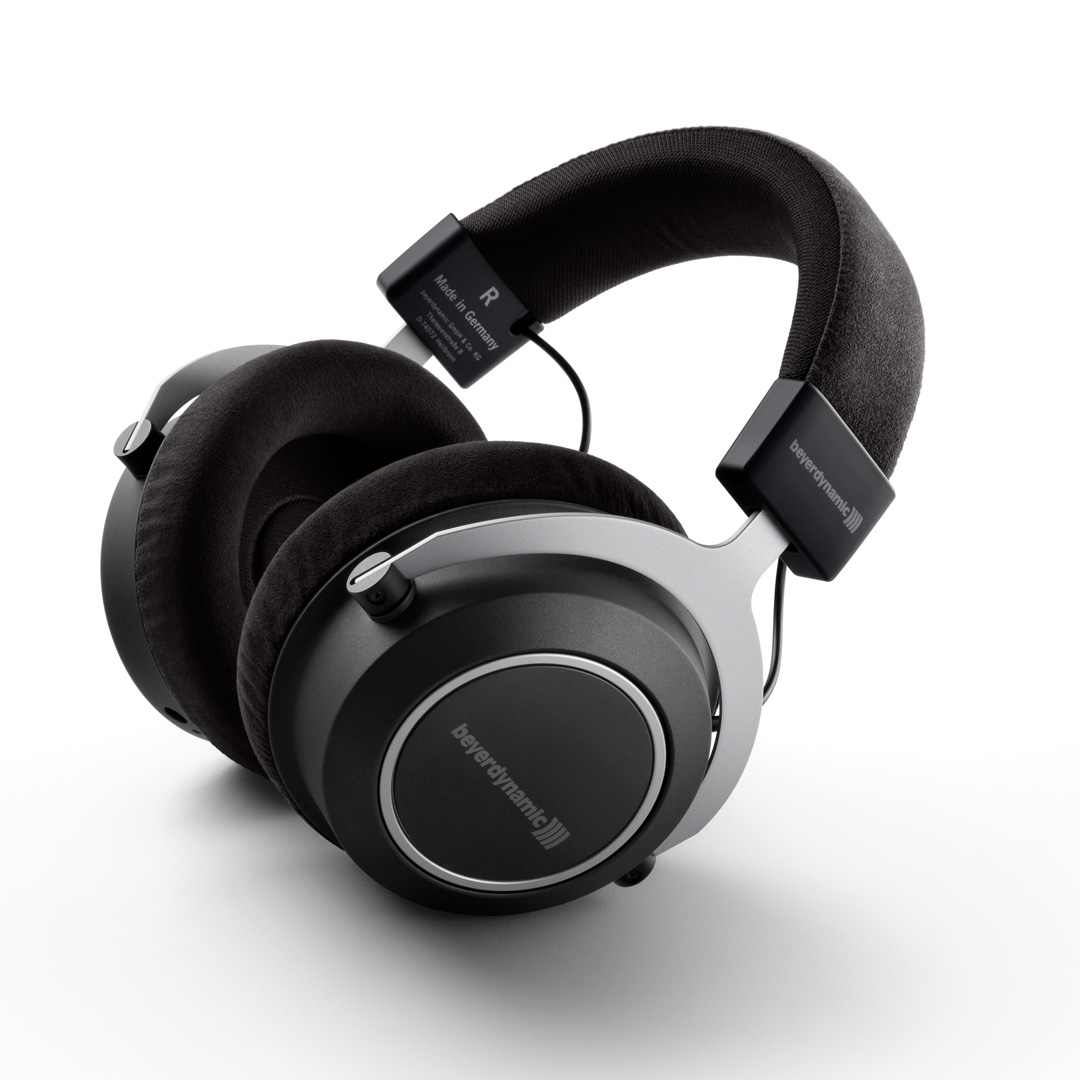
5. Beyerdynamic Amiron Wireless
No noise-cancelling here, but if you want high-quality sound for long-haul journeys, these supremely comfortable over-ears can’t be beaten.
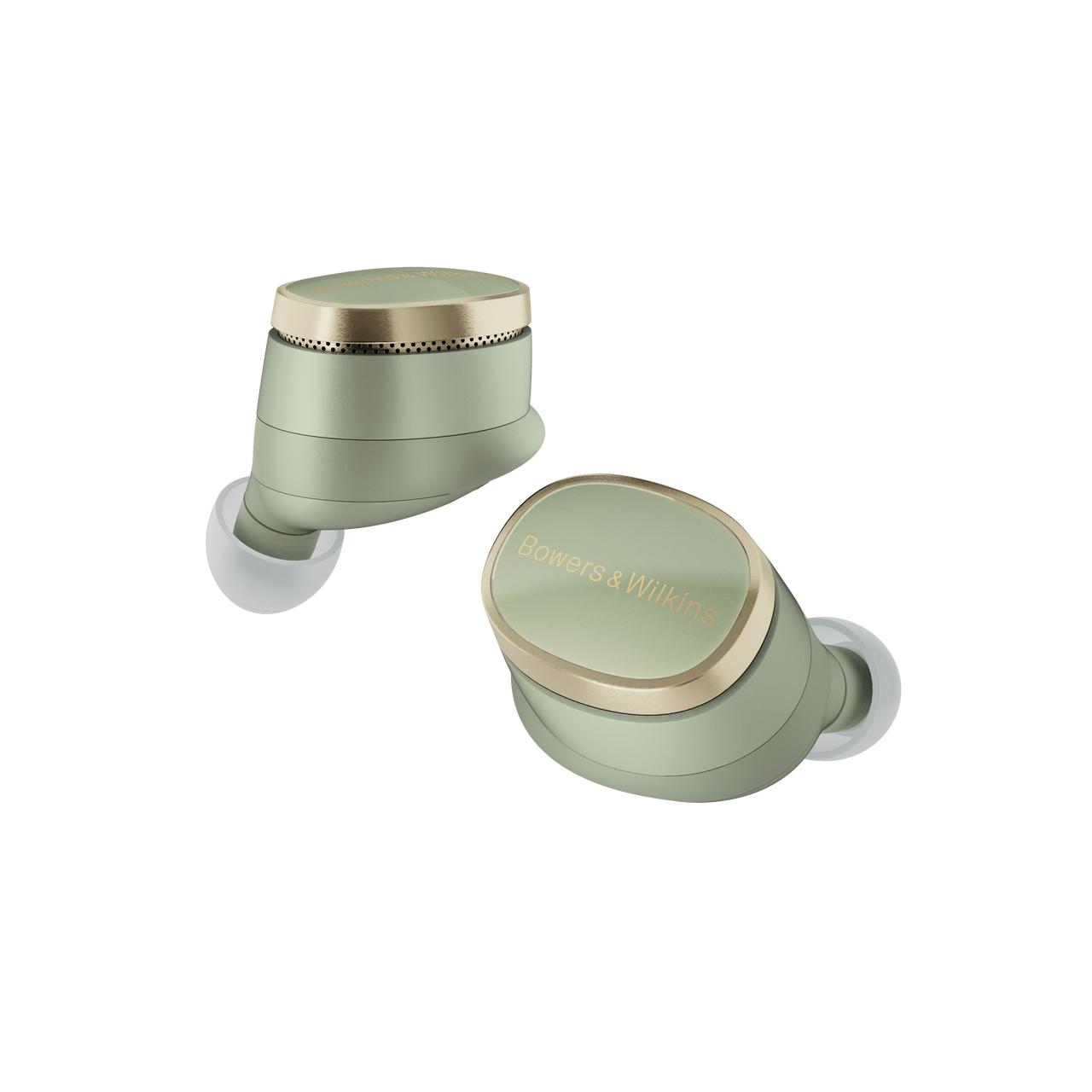
If you don’t want a bulky pair of over-ears, these premium buds sound sublime – and have a neat plane-specific trick, too.

Tom Wiggins
I’ve been writing about headphones for almost 20 years and used them for even longer. I remember being unhappy with the headphones that came bundled with my Discman in the late ’90s and upgrading to some Sony in-ears, and the very first product I ever reviewed was a pair of Shure earphones that blew my tiny mind. I’ve also spent a lot of time on trains, commuting across London for 11 years, with a fair few flights under my belt too, including long-haul trips to Brazil, South Africa, and various cities around the USA. Not one of those journeys was completed without the aid of headphones, so I know what makes a pair great for travelling.
The best travel headphones overall
Whether you’re boarding a plane, train or bus, one of the things that is most likely to interrupt your listening is noise. Engines, announcements and fellow passengers are all potential distractions, but Bose’s famous noise-cancelling is the best around, making the QuietComfort Ultra Headphones our favourite pair for travel.
There aren’t many tougher tests for ANC than the London Underground at rush hour, but the QC Ultra Headphones cope admirably with the sonic assault. It’s not just the effectiveness of the ANC that makes it so good either: Bose gives you plenty of ways to tweak it, so you can choose exactly how much of the outside world you want to let in.
Bose headphones used to be let down slightly by their sound quality, which couldn’t quite match that of the very best, but after they’ve loosened up a bit the QC Ultras are a hugely entertaining listen. The delivery is precise and punchy, with a real sense of dynamism and excellent timing. While our review noted that their closest rivals, the Sony WH-1000XM5 in our Also Consider list, have a slightly more natural balance, the highs and lows of the Bose offer “a sense of richness and refinement which we think will be hugely appealing to potential buyers”.
New to the QC Ultra Headphones is Immersive Audio, which we first encountered on their in-ear counterparts, and while it works well on some tracks it’s by no means a game-changer, plus it knocks six hours off the 24-hour battery life. That’s still plenty to get you through almost any journey, but does fall short of others on our list.
The QC Ultras don’t come cheap, which is reflected in the fact that they feel slightly more premium than the aforementioned Sonys, plus they’re very comfortable to wear, with a good seal and decent level of isolation. Throw in the fact that they can be flattened and folded for easy transportation when you’re not wearing them and you have all the ingredients of the best travel headphones currently available.
Read the full Bose QuietComfort Ultra Headphones review
The best cheap travel headphones
Not everybody wants to spend hundreds on a pair of headphones, but you don’t need to find that much for a pair of these Sony over-ears.
Despite their wallet-friendly price, the WH-CH720N still cram in plenty of travel-friendly features. The main one is noise-cancelling, which might not completely silence your surroundings but certainly does a decent job of dampening general hubbub. There is also a healthy 35-hour battery life with ANC active (that leaps to 50 hours if you turn it off), while a three-minute top-up adds an extra hour if you realise you’re running low just before you head out (we’ve all been there!)
Like a lot of pairs of headphones at around this price, the WH-CH720N favour a lively, energetic delivery with more than their fair share of bass, although if you use the Sony Headphones app to tone it down a bit you’re still left with plenty of assertiveness and drive. Quieter tracks still have subtlety and texture, so it’s not all brash, in-your-face energy.
Sony has also included support for its 360 Reality Audio immersive technology, and DSEE upscaling is designed to make compressed, lower-quality audio files sound better, helping to set these cans apart from other similarly priced alternatives.
That’s important because from an aesthetic point of view the WH-CH720N are pretty unremarkable. They feel reassuringly well put together, though, and the lightly padded ear cups and cushioned headband make them comfortable to wear. It’s a shame they don’t fold up, and there is no carry case included, but for the price you can’t really complain about any aspect of their design or build.
As long as you manage your expectations and don’t expect the premium performance or build as the higher-priced pairs on this list, the WH-CH720N deliver everything you could reasonably hope for from a pair of headphones in this mid-to-low price bracket. And if you lose them while you’re away, they won’t cost you too much to replace.
Read the full Sony WH-CH720N review
The best luxury travel headphones
If you want a taste of the home hi-fi experience at 30,000 feet, the Mark Levinson No. 5909 really deliver the wow factor. But be warned: you can get flights from London to Australia for less money!
At first, you might wonder where all the money’s gone, with a quick feel of the small, plasticky buttons on the ear cup, but as soon as you give them a proper once-over and start to play some music through them that’s soon forgotten. The No. 5909 perform significantly better than the more affordable competition such as the Bose at the top of this list, the aforementioned Sony WH-1000XM5 and the Apple AirPods Max, with our No. 5909 review stating that they are “utterly compelling to listen to in a way lesser wireless headphones are not”. In fact, the sound quality is so good you’d think there was a wire attached.
High-end hi-fi and noise-cancelling don’t always go hand-in-hand, but the ANC is well implemented. There’s more passive isolation from their design than with most pairs of wireless headphones anyway, so it doesn’t need to be as forceful as some others. In fact, you might only feel compelled to activate it for quieter tracks that could benefit from a bit of extra isolation from the outside world.
ANC doesn’t significantly eat into the battery life either, so you can expect around 30 hours with it turned on, and an extra four hours if you leave it turned off. A 15-minute fast charge over USB-C will also get you through a six-hour journey, plus there’s an airplane adaptor included in the box.
While those plasticky playback buttons on the earcups never feel any better, the general build quality of the No. 5909 is much easier to appreciate. The red anodised aluminium frame, metallic painted ear cups (which fold flat for stowing inside the hardshell case) and leather headband are solidly made and easy on the eye, and combined with the sonic sophistication it makes for a suitably luxurious package.
Read the full Mark Levinson No. 5909 review
The best travel headphones for battery life
Boarding a plane or train and realising your headphones are dead is one of the most frustrating first-world problems, but with a battery life of up to 60 hours, Sennheiser’s Momentum 4 Wireless should minimise the chances of such a fate befalling you. You could fly from New York to Shanghai three times and still have a few hours’ battery left in these over-ears – and that’s with the noise-cancelling turned on.
Apparently it’s all down to Sennheiser’s clever implementation of the amplifiers, which deliver brilliant sound as well as unbeatable endurance. There’s a bit more neutrality to the sonic character than we’re used to with Sennheisers, but there’s still plenty of substance across the whole frequency range, with a soundstage that our in-house team of expert reviewers describes as “nicely layered and spacious, never feeling cramped or one-dimensional” in our Momentum 4 Wireless review.
Noise-cancelling performance is similarly impressive, effectively minimising any continuous aural distractions, with an ANC Adaptive mode that’ll automatically adjust the strength in response to fluctuating noise levels. You can adjust the settings yourself within the Sennheiser Smart Control app, plus it’ll let you create ‘Sound Zones’ – specific locations that’ll trigger certain EQ and noise isolation profiles
The only real downsides? The ear cups swivel but don’t fully fold, and the general look is a bit plain. We’ll take comfort over aesthetics any day, though, and you can wear the Momentum 4 Wireless for hours without feeling like your head’s been gently clamped in a padded vice.
For a similar price, our favourite Sony XM5 are better sonic performers, but if it’s a long battery life you’re after, the Sennheisers last twice as long with the ANC turned on.
Read the full Sennheiser Momentum 4 Wireless review
The best travel headphones for long-haul comfort
Unless you can afford to turn left when you get on a plane, comfort and air travel don’t usually go hand in hand – but Beyerdynamic’s Amiron Wireless offer first-class comfort even if you have to wear them back in cattle class.
While earbuds will often cause your ears to start protesting the longer you’re in the air, the Amiron’s large microvelour-covered ear cups and plush-feeling Alcantara headband mean you can wear them for hours, with no excessive pressure from the clamping force. They’re pretty large in general, and you can’t fold them up when you’re not wearing them, but they do come with a semi-hard case for transportation.
Chances are you’ll want to have the Amiron Wireless on your head at every opportunity, though, because they’re very comfortable to listen to as well: punchy and rhythmic but also articulate and nicely balanced. Our experts concluded that they delivered an “impressive performance” and were some of the subtlest performers we had heard.
If you want to customise the performance to your individual ears, there’s also an app that plays a sequence of tones and tweaks the sonic character depending on which ones you can hear. “It’s an effective experience, and we would recommend you try it to see what your preference is,” reads our Amiron Wireless review.
There’s no noise-cancelling here, but they form a good seal around your ears meaning they’ll passively block out plenty of noise, and because they’re closed-backed they won’t leak too much of it either.
Battery life stretches to over 30 hours, so they’ll outlast even the longest non-stop flights, but if you forget to charge them before take-off you can just attach the supplied 3.5mm cable and plug them in instead. A three-button remote is included and takes over from the responsive touch-sensitive controls on the right ear cup.
Beyerdynamic sells the Amiron Wireless as headphones for home use, and their size does mean they take up a fair amount of space in your hand luggage, but if you want to keep your ears happy until you land there’s no better option.
Read the full Beyerdynamic Amiron Wireless review
The best in-ear travel headphones
We awarded the Bowers & Wilkins Pi8 the full five stars when we reviewed them earlier this year, a score that was based mainly on their class-leading sound quality, solid ANC and excellent feature set. But there’s one thing in particular that makes them great for travel.
As well as charging the buds, the Pi8’s case doubles as a Bluetooth re-transmitter. That means you can plug it into a plane’s in-flight entertainment system using the supplied USB-C-to-3.5mm adaptor and watch your choice of film using your own buds rather than the rubbish headphones the airline offers. You can also connect and retransmit any other USB-C or 3.5mm source.
That wouldn’t be a great selling point unless the Pi8 were a significant sonic upgrade, but as our Pi8 review points out, these Bluetooth buds offer “a level of insight that’s rare in wireless earbuds.” They deliver a sophisticated, refined listen, with incredible detail and authoritative bass, and while a touch more rhythmic drive and musicality would be welcome, these are still hugely impressive performers.
Bose is still the king when it comes to noise-cancelling and the Pi8 never threaten to dethrone the QuietComfort Ultra Earbuds, but they’re not far behind. The B&Ws do a great job of minimising low-end rumbles, which is exactly the kind of thing you want them to be good at when a plane’s engines are droning on for hours, it’s mainly the higher frequencies where Bose’s superiority is most obvious.
You’ll get up to six-and-a-half hours listening from a single charge of the Pi8, so plenty for everything but long-haul flights, although a 15-minute rest inside the case while you eat your in-flight meal is enough to add another two hours to their lifespan. In total, they should last up to 20 hours between wall charging.
They don’t come cheap, but if you want a great-sounding pair of buds that are as comfortable in the air as a member of the cabin crew, the B&W Pi8 should be top of your wireless earbuds list.
Read the full B&W Pi8 review
Also consider
- Sony WH-1000XM5: The Bose QuietComfort Ultra Headphones on this list deservedly hold the title of our favourite headphones for travel, but if you want a cheaper alternative you can pick up a pair of Sony WH-1000XM5 instead. They don’t fold up quite so small, and the ANC isn’t quite as effective, but they still offer a hugely detailed and entertaining sound.
- Sony WF-1000XM5: If you don’t want to pay a premium for the B&W Pi8’s clever case, and you can’t wait for our review of the company’s cheaper Pi6 model, the Sony WF-1000XM5 will save you money and still offer Award-winning sound quality and an embarrassment of features.
- Bose QuietComfort Ultra Earbuds: Another cheaper alternative to the B&W Pi8 on this list, Bose’s QuietComfort Ultra Earbuds trump the B&Ws when it comes to ANC, and their sound quality isn’t far behind. They also offer Immersive Audio, but that feature does drain the battery.
- Apple AirPods Max: Any of the headphones in our list will work find with Apple devices, but if you have a particular penchant for Apple gear, the five-star AirPods Max work particularly well with iPhones, iPads et al. They’re pretty pricey, but the styling, comfort and sound quality are almost second to none. It’s just a shame the included travel carry case is barely fit for purpose.
How to choose the best travel headphones for you
If you’re hunting for headphones specifically to use while travelling, whether that is just as a regular commuter or a frequent flyer, the first thing you’ll want to consider is which form factor suits you best: over-ears or in-ears.
Personal preference plays a large part in this decision, but it’s worth thinking about whether you’re going to be wearing them mostly on short or long journeys, and whether being able to tuck them into a pocket when you’re not using them will be advantageous. Over-ears tend to be more comfortable for longer listening and will help you zone out, but will you find them annoying to carry around when they’re not on your head?
Every pair above is either a wireless headphone or wireless earbud – being tethered by a wire while you’re out and about isn’t exactly convenient, after all – although the over-ears give you the option of plugging in a cable to go wired when you want to. That can be handy if they still work when the battery has died (although some require battery life to listen to wired; so check that), and also means you can plug into a plane’s in-flight entertainment system.
Speaking of dead batteries, there’s nowhere to charge your headphones if they run out of juice halfway across the Atlantic, so it’s worth picking a pair that has a long battery life and will therefore last a long time between charges. 24 hours for earbuds and over-ears is roughly what you can expect nowadays.
As travelling tends to be a pretty noisy business, you’ll probably want a pair that comes with active noise cancellation (ANC) for blocking out disruptive surroundings, but it is helpful if they also have a transparency mode which purposefully lets sound in – especially if you’re going to be using them a lot on trains. You wouldn’t want to miss an important announcement and end up sailing through your stop because you were oblivious to it.
If you travel for work, Multipoint Bluetooth could also come in useful. This lets you connect your headphones to multiple devices simultaneously, such as your laptop and your phone, so you can use the same pair for listening to music and taking work calls without having to keep switching the connection from one to the other.
Finally, it might be worth paying attention to a headphone’s water/dust-resistant IP rating. When using public transport it’s always possible you’ll get caught in the rain while waiting for a train or bus, and if you want to take your new headphones on holiday with you it’ll mean you can use them safely by the pool (or at the gym if, for some reason, you want to workout while you’re away).
How we test travel headphones
Here at What Hi-Fi?, we are rightly very proud of our dedicated, state-of-the-art testing facilities, but testing how good a pair of headphones is for travel requires getting out into the big, wide world. After all, you can’t test a pair’s noise-cancelling ability if there’s no noise to cancel!
While we will use a quiet testing room to assess outright sound quality in controllable conditions, using a wide range of test tracks, when it comes to more general day-to-day performance we will use the headphones in the same way you would: walking down bustling city streets, on packed trains and buses, in busy offices, and, when possible, on plane journeys.
That gives us the best opportunity to test how the noise-cancelling actually performs in the real world, whether the controls are intuitive, and what they’re like to wear for long periods. We will also test the battery life claims made by the manufacturer, evaluate the usefulness of any companion apps, and try out any extra features, such as call quality and wear sensors. Seeing how long headphones remain comfortable on our heads or in our ears is also an important part of our testing process.
We compare every pair of headphones we review to one or more of its closest rivals, including the class leader in its price category, which is nearly always a What Hi-Fi? Award winner. This allows us to determine exactly how good a pair is and where it sits in the market. All of our verdicts and star ratings are also agreed upon by multiple members of the reviews team, who have over 150 years of experience between them, to eliminate any personal preference.
From all of our headphone reviews, each of which is written by one reviewer in the team, we only pick the very best products to be included in our Best Buys. The result is a list like this one, which includes a range of What Hi-Fi?-approved headphones that will make your next travel journey immeasurably more enjoyable.
You can read more about how we test and review products on What Hi-Fi? here.
Travel headphones FAQ
Which headphones work on planes?
While airlines have strict rules about using your phone onboard a plane, you’re unlikely to be told off by a flight attendant for using Bluetooth headphones at any point during a flight. In fact, some planes even have Bluetooth-enabled entertainment systems, so you can connect directly to them when you want to watch a movie.
For the full lowdown on air travel and wireless headphones, read our Bluetooth headphones on planes explainer.
What are the best headphones for air travel?
If you’re going to be cooped up on a plane for hours on end, the first thing you want to ensure is that the battery in your headphones isn’t going to die before they’ve even served the in-flight meal.
Over-ears tend to offer the longest battery life at the expense of ultimate portability, and many can be used wired via a cable after the battery has run out, but as long as they’re fully charged, most in-ears will get you through short- to medium-haul flights before you have to put them in their charging case for a quick replenish.
When you’re sitting in such close proximity to others, it’s anti-social to use sheer volume to drown out the drone of a plane’s engines, so it’s also a good idea to look for a pair with effective noise-cancelling. ANC is most at home with those kinds of continuous noises, so it can be particularly handy to have on a flight.
How should I pack my headphones for travel?
Stowing a pair of in-ears when you’re not using them is simply a case of tucking the case into a pocket, or chucking it into your bag, but what if you’re taking a bulkier pair of over-ears away with you?
Some fold up, which makes them that bit easier to stow in your jacket pocket, bag or the pouch of the seat in front of you, but many pairs at the more premium end of the market come with a carry case to keep them protected from scuffs and scrapes, so make use of it.
If they came with a 3.5mm cable and flight adaptor, it’s worth packing them in case your battery dies or you want to plug directly into a plane’s older in-flight entertainment system. You can, however, buy a small Bluetooth transmitter, such as the Twelve South AirFly, that lets you use your headphones wirelessly with a plane system.
Finally, don’t forget your charging cable. Chances are it’s a USB-C one and your phone charger will do double duty, but there’s no point taking your headphones away with you if the battery’s dead for the return journey.
What are the best travel headphones for kids?
What’s best for adults isn’t necessarily best for youngsters, so don’t just assume a pair of headphones from this list will be right for your sprogs.
If you’re buying headphones for kids, pay particular attention to whether they have been volume-limited. The WHO recommends that they go no louder than 85dB, so check that the pair you’re buying stays within that range.
Smaller heads also require smaller, lighter cans, and you’ll want to make sure the ear cups are nicely padded to prevent any complaints about comfort. Kids tend to be pretty accident-prone, so a suitably rugged build is also important, while some degree of waterproofing would probably come in handy. Oh, and a nice colourful finish wouldn’t go amiss either.

